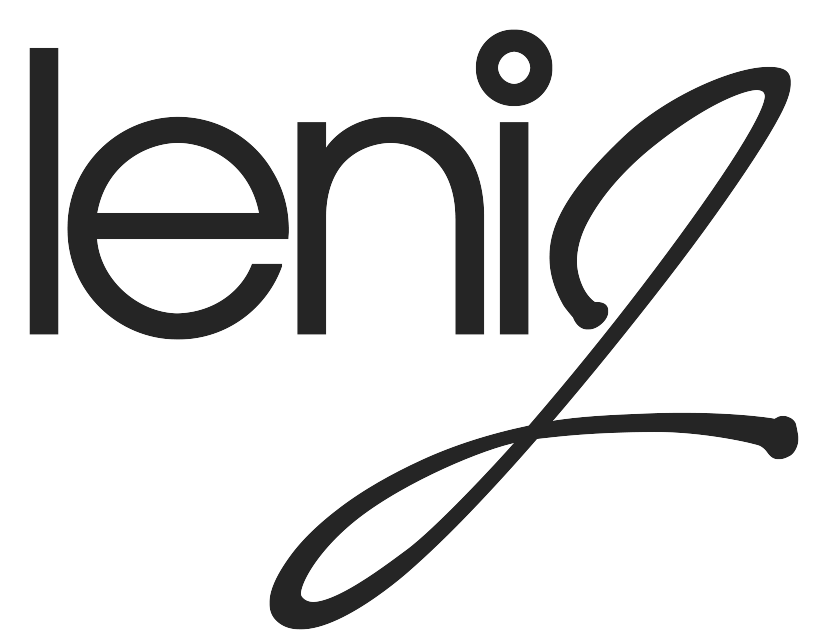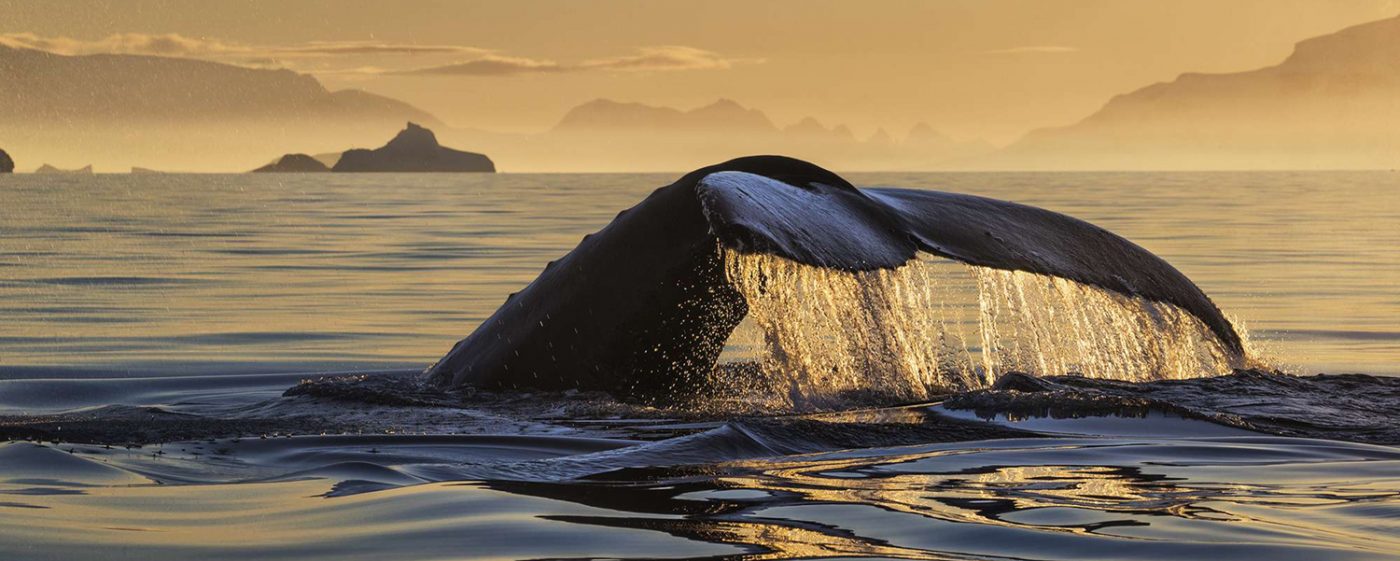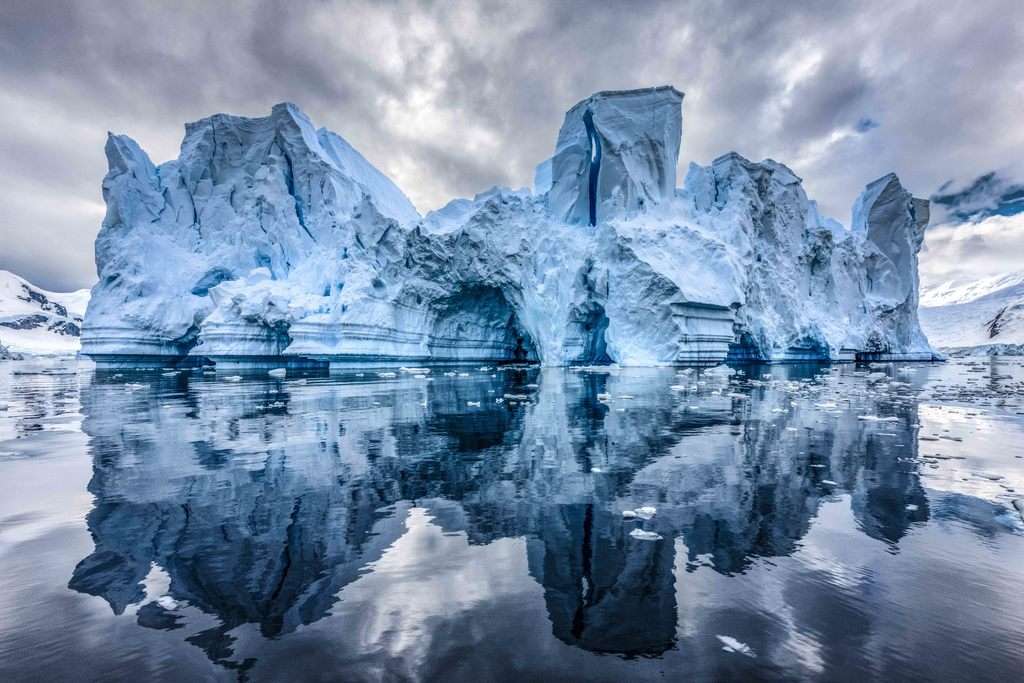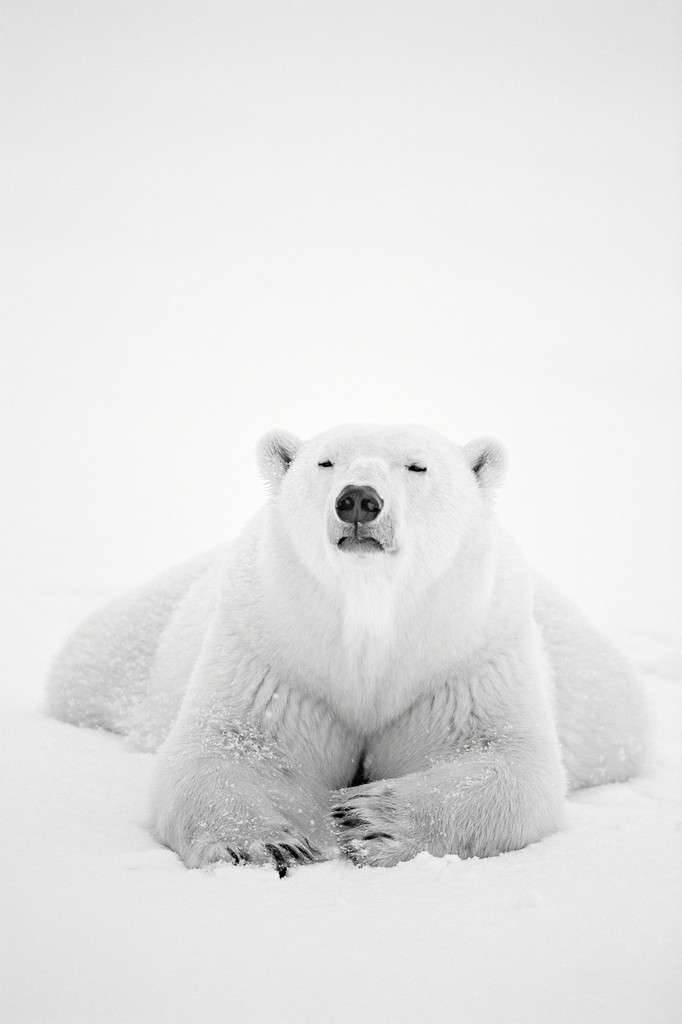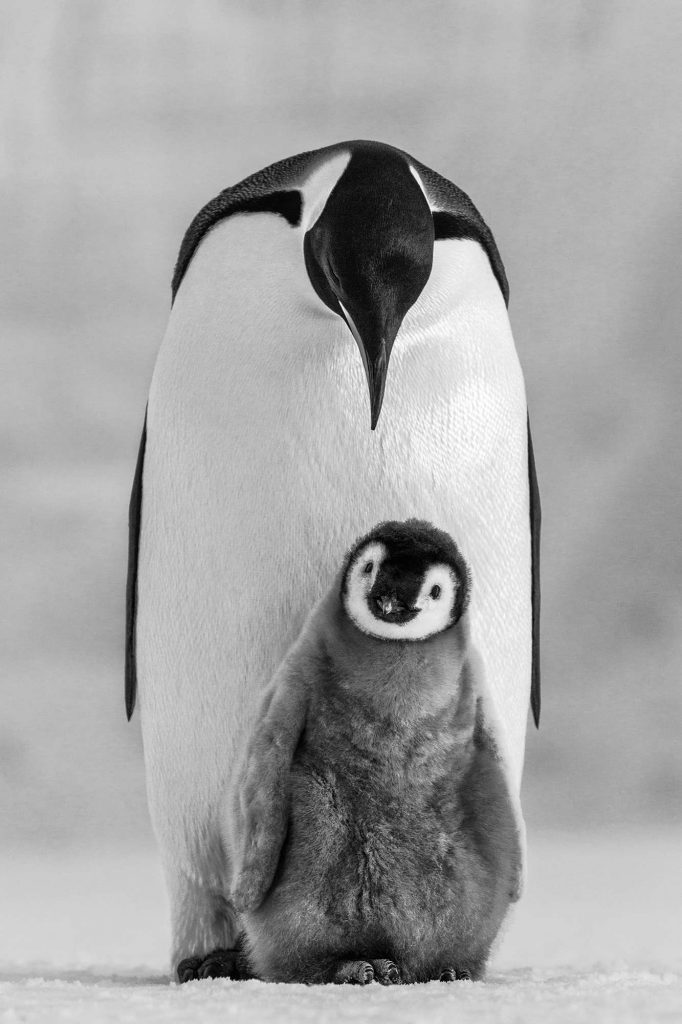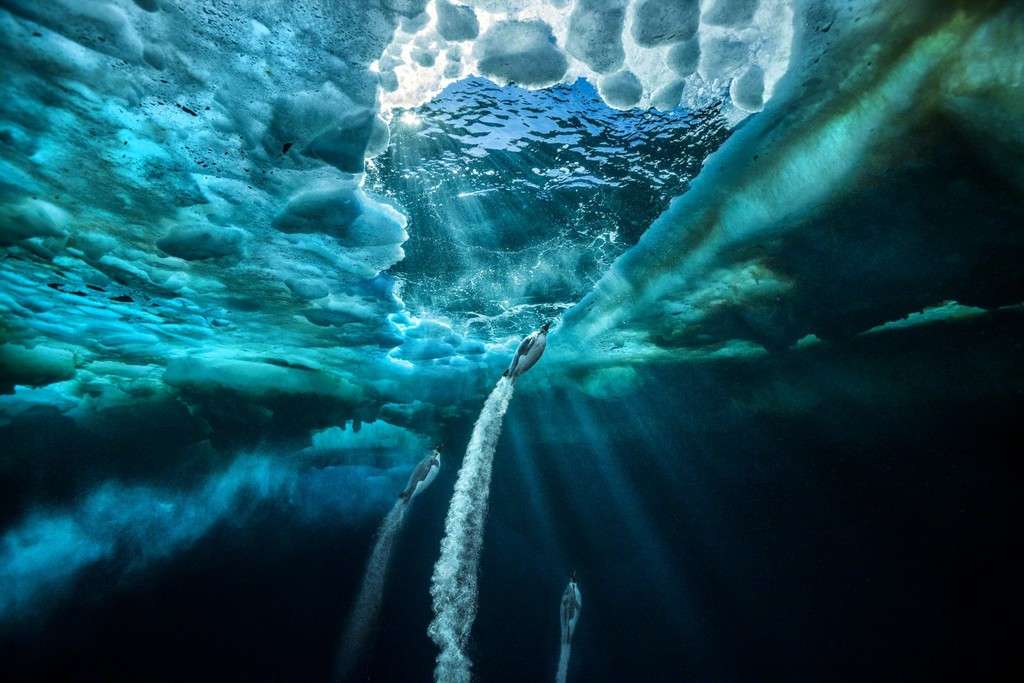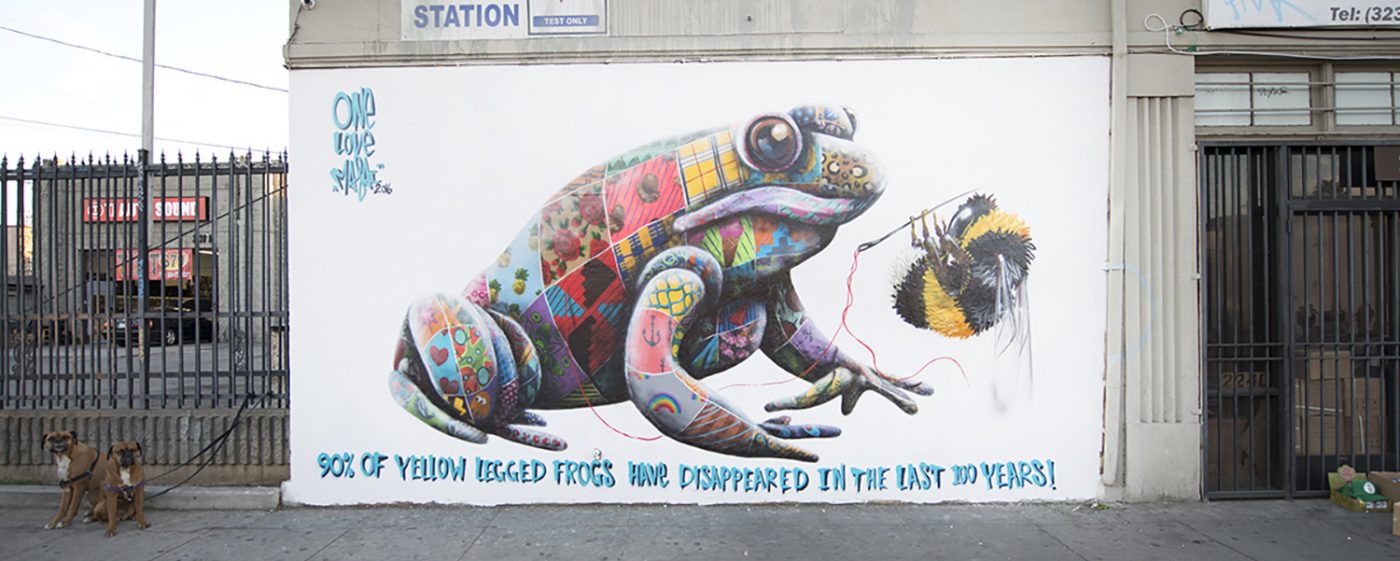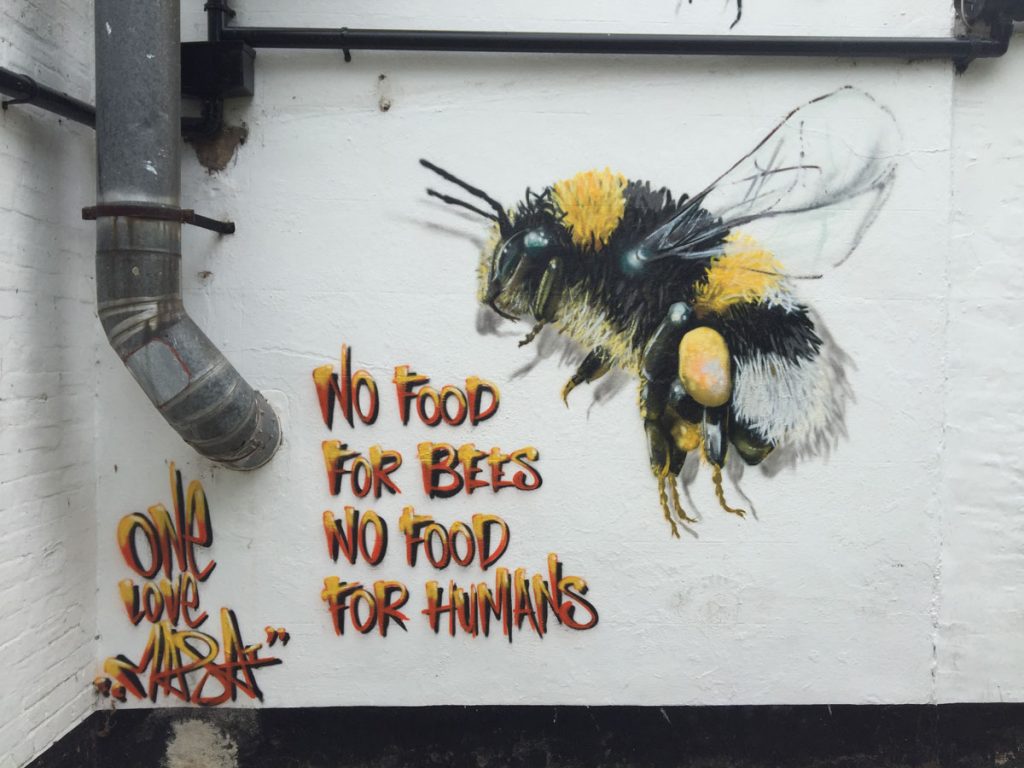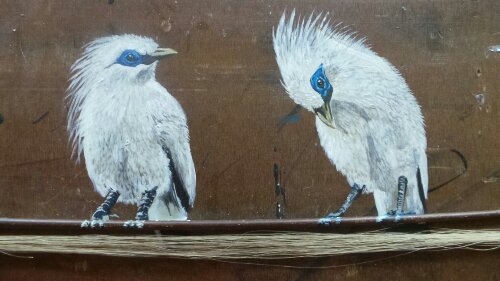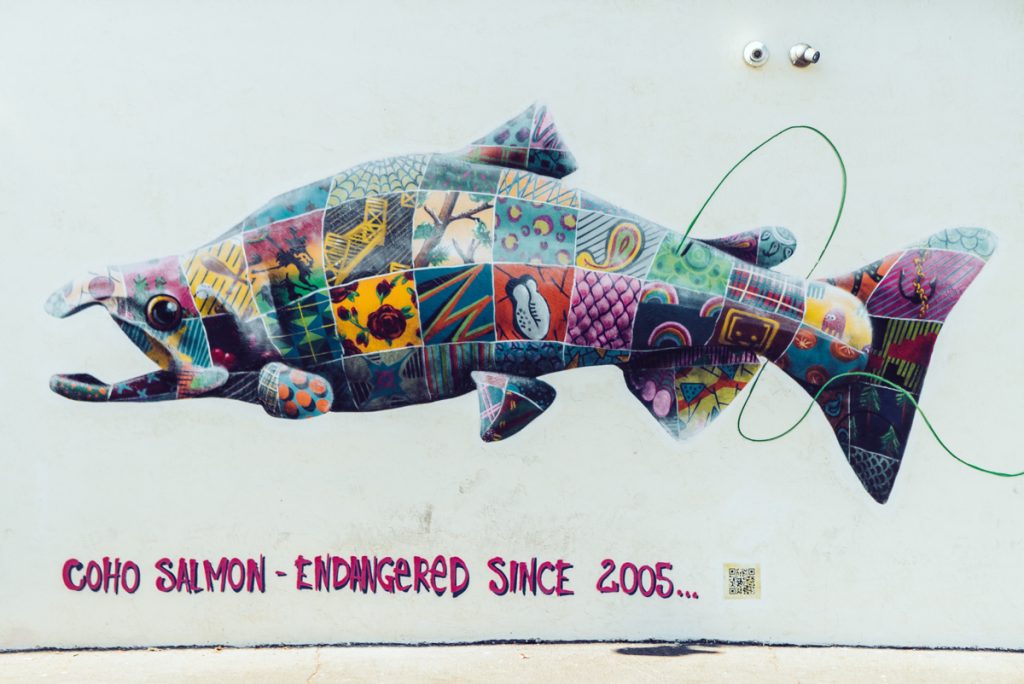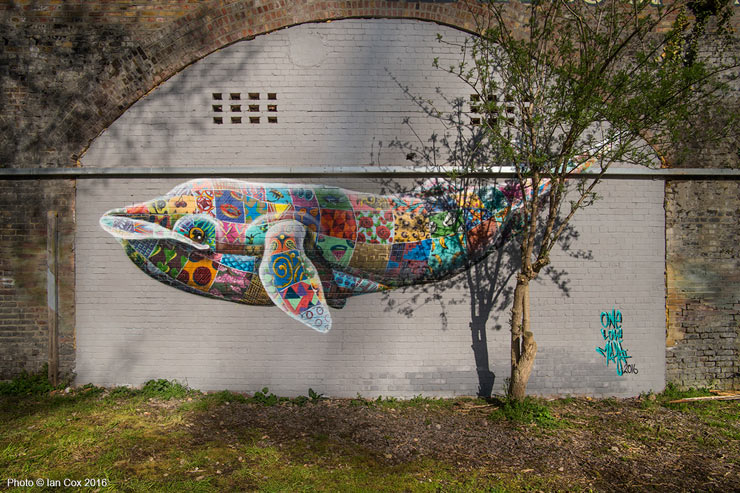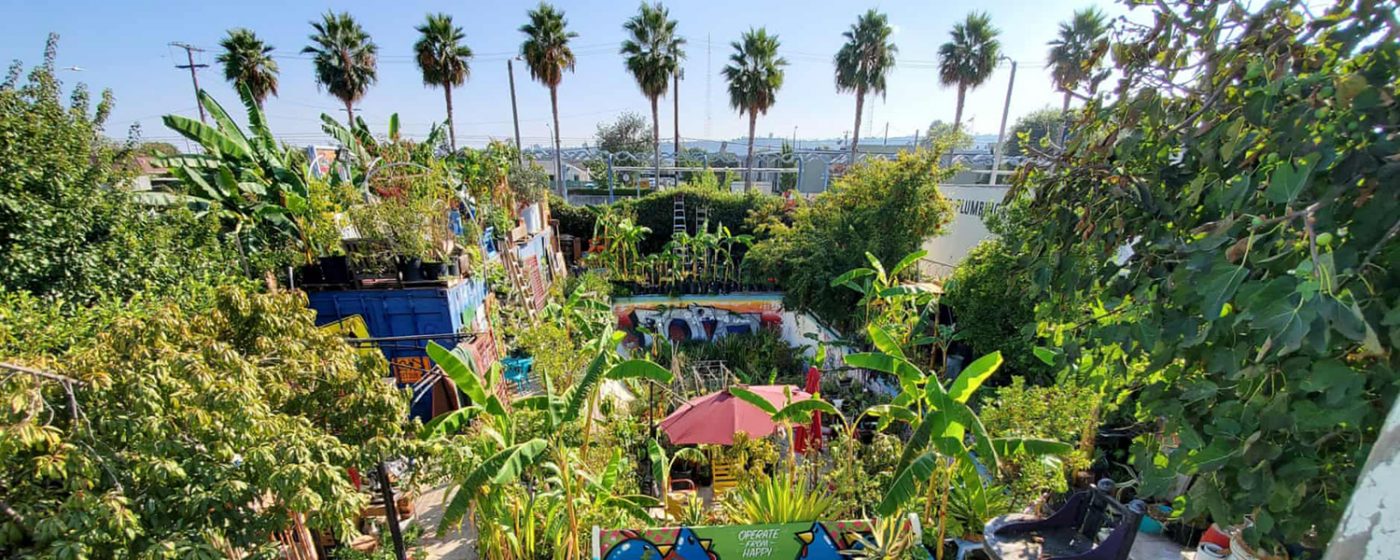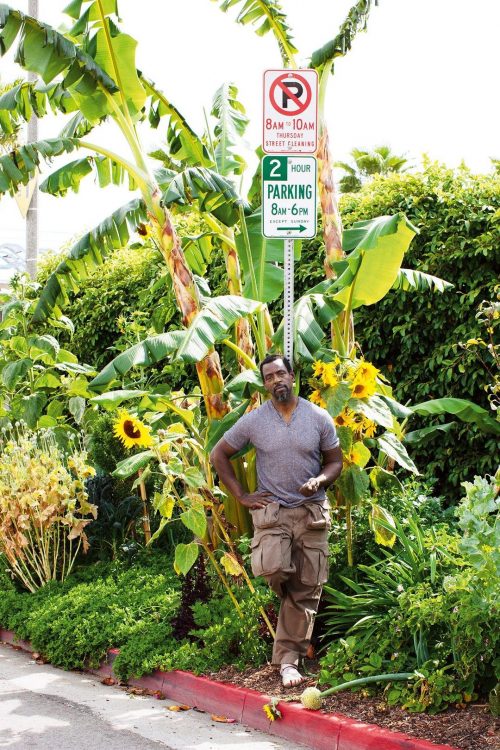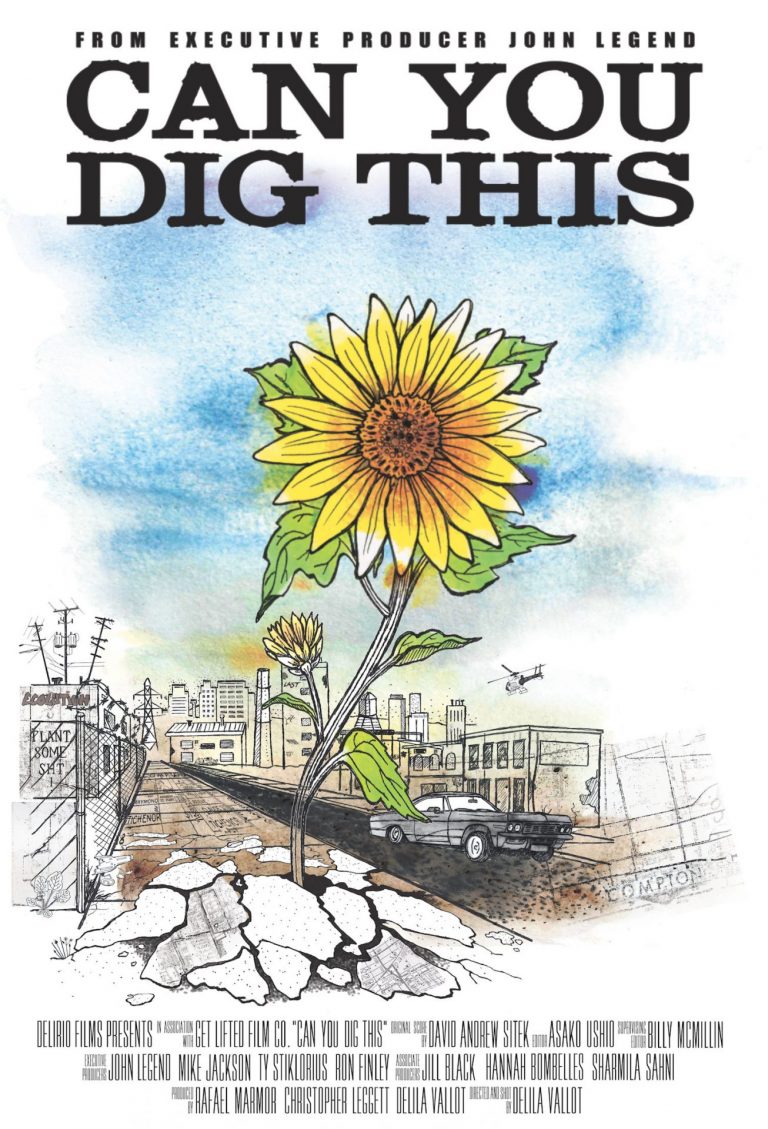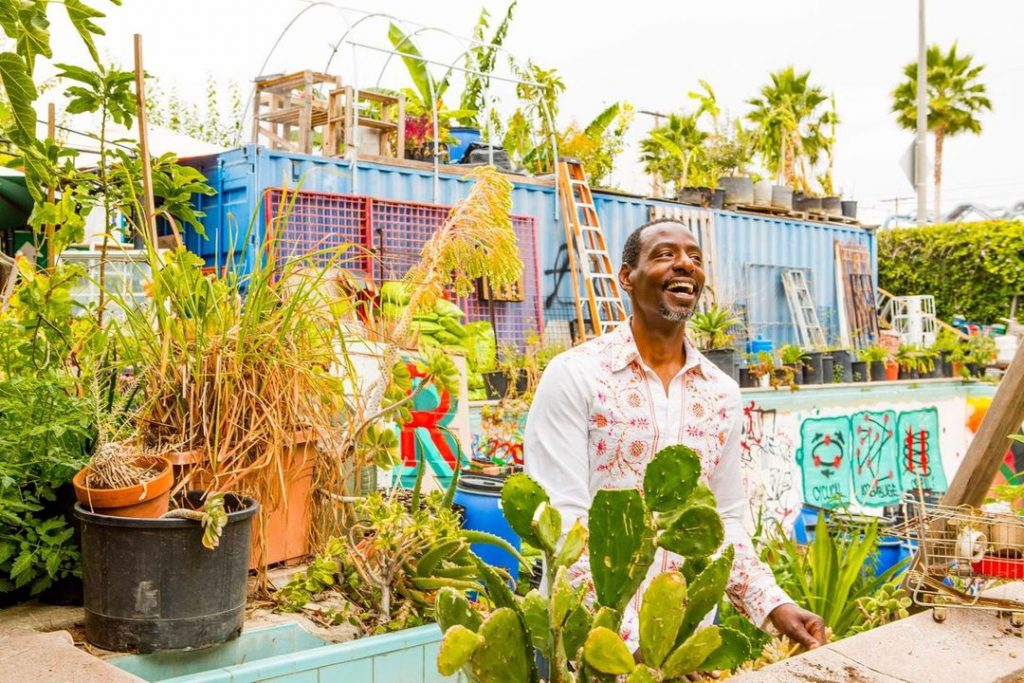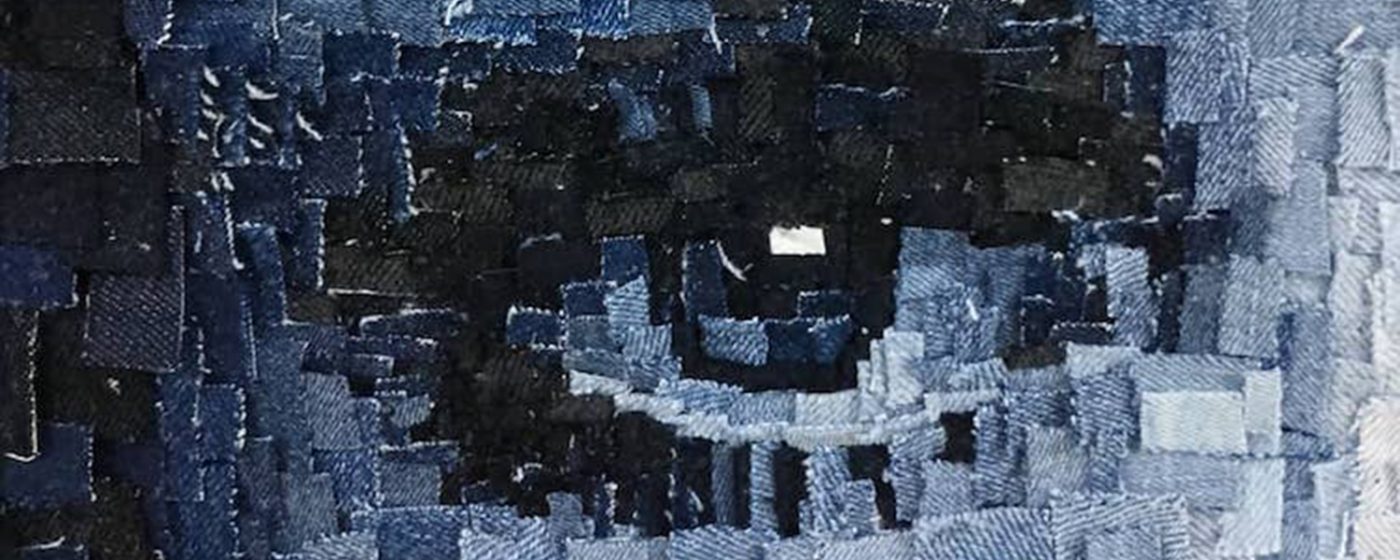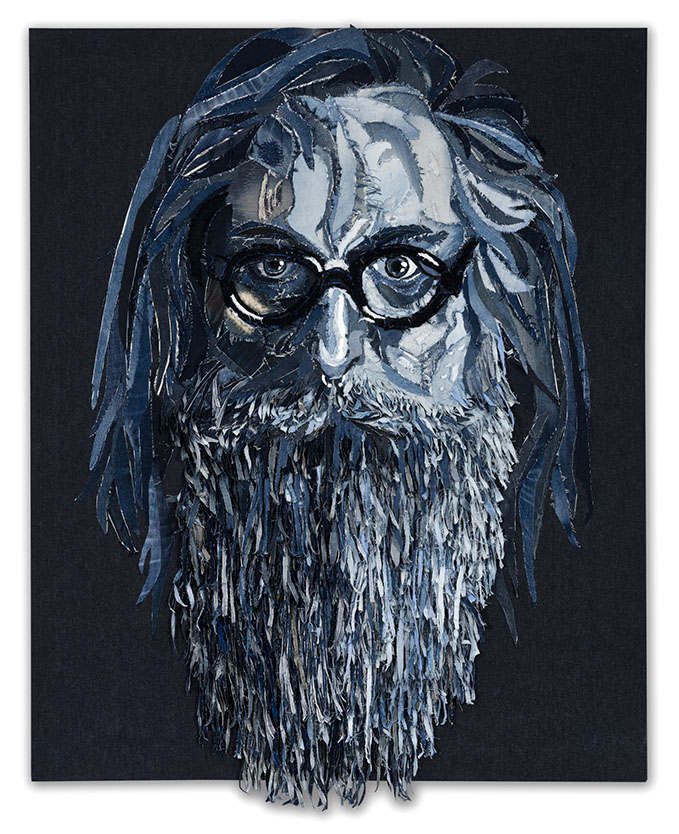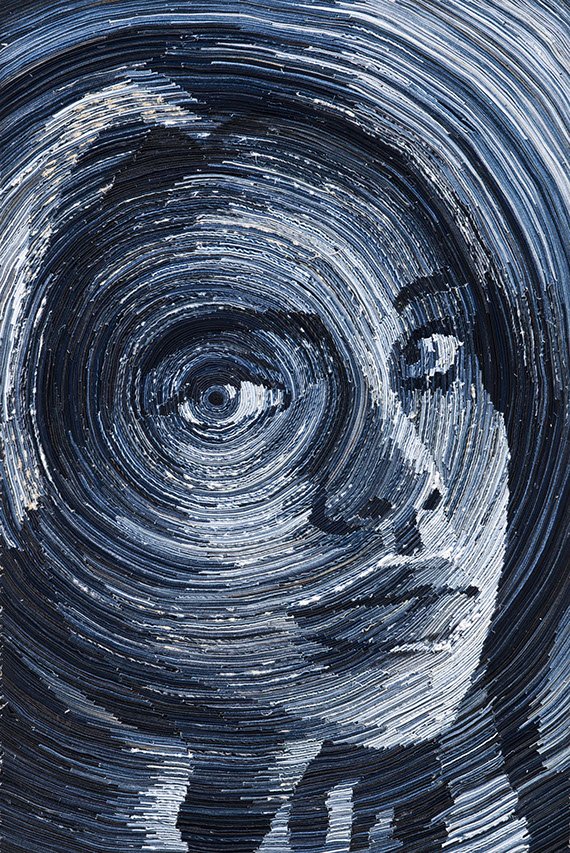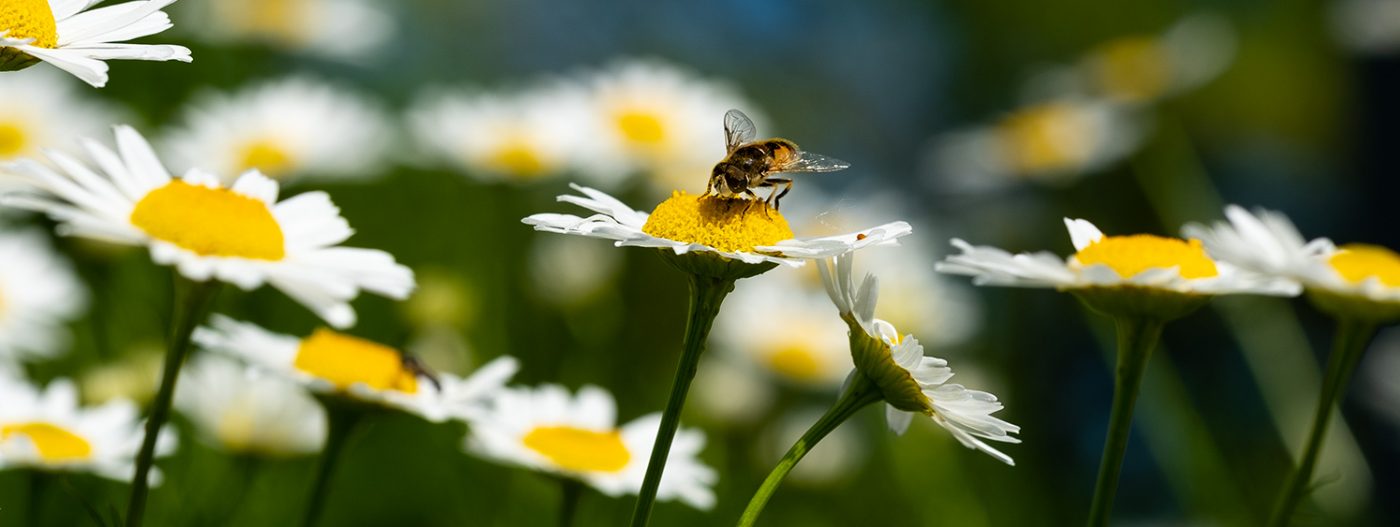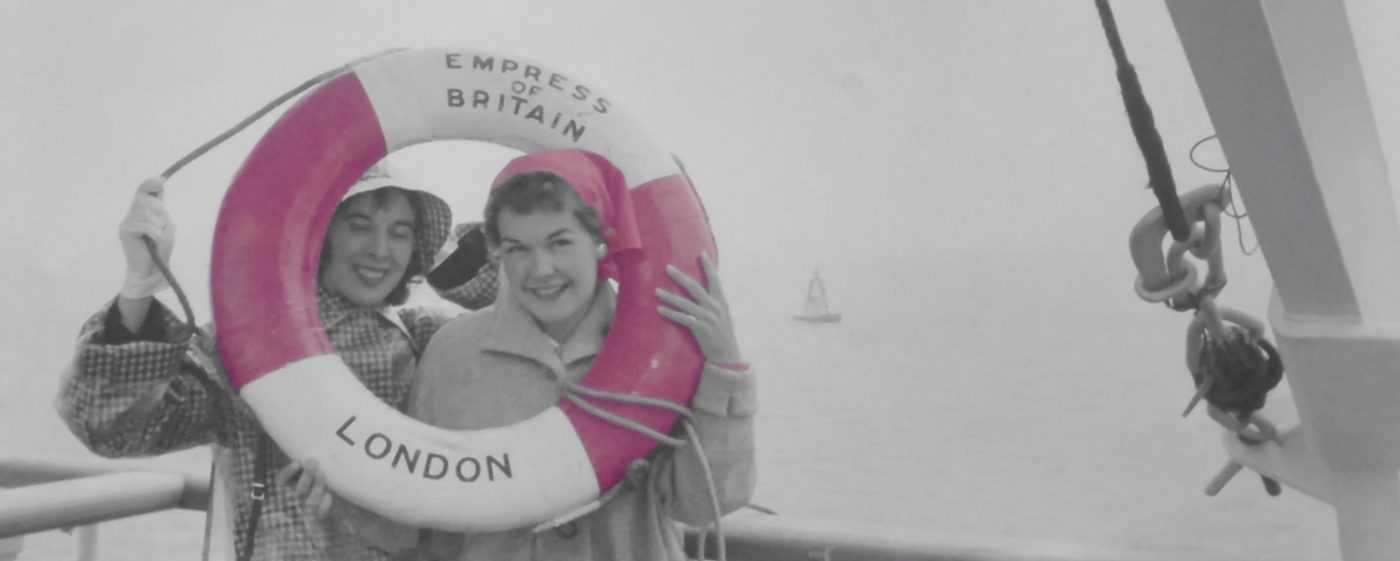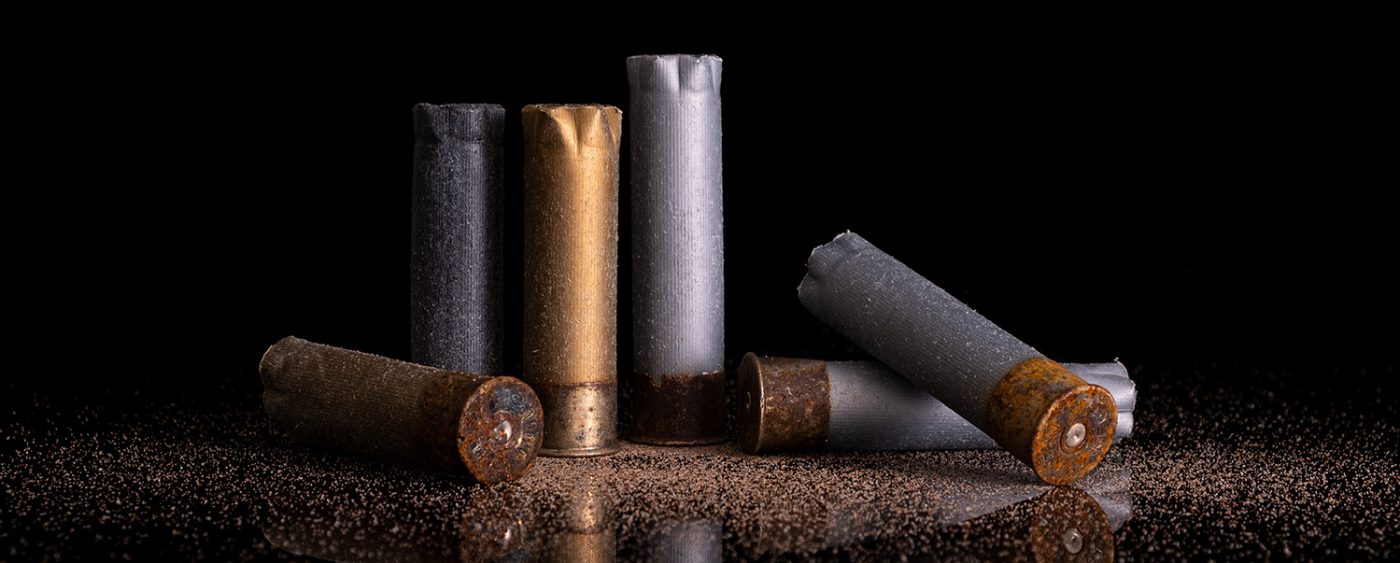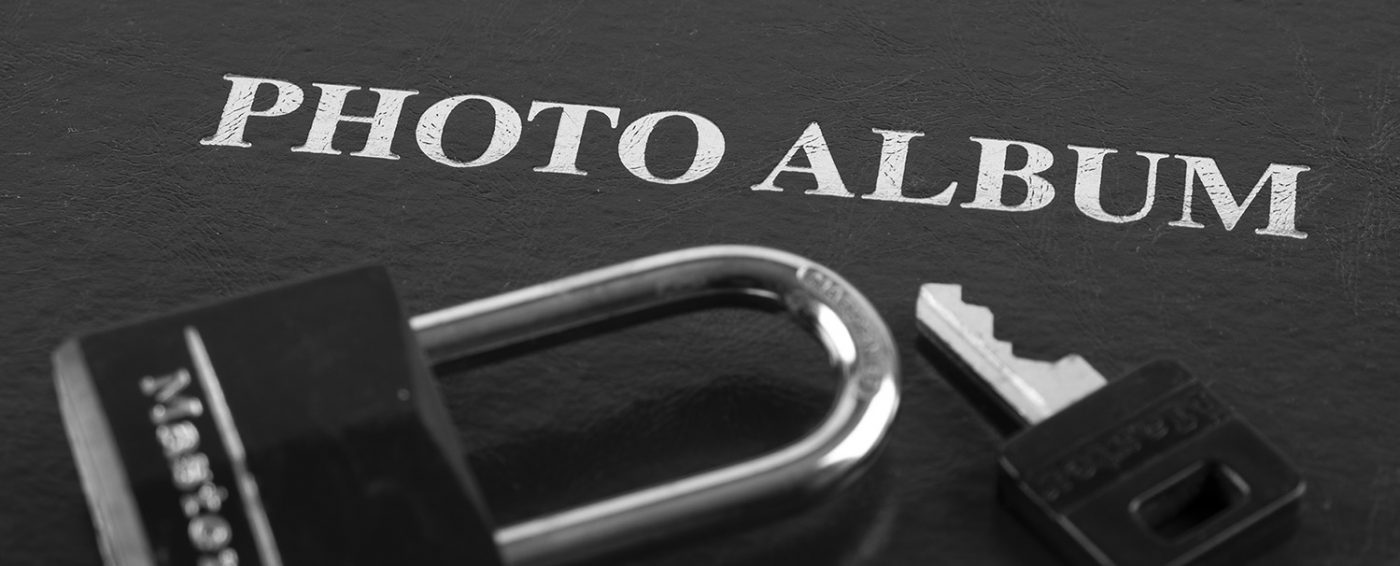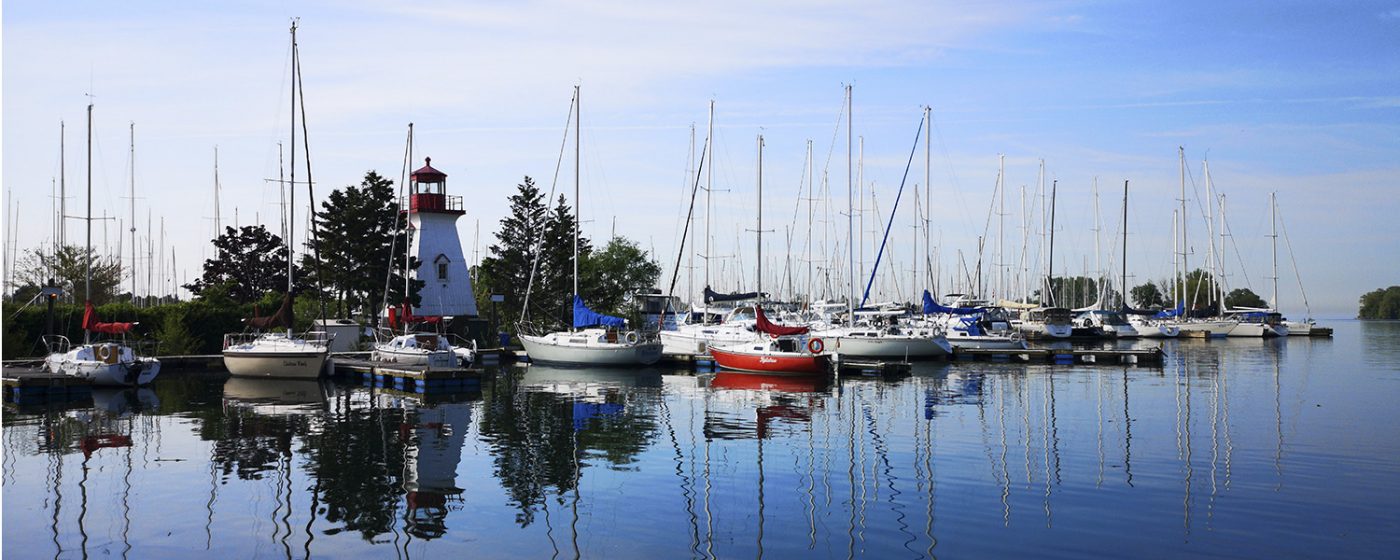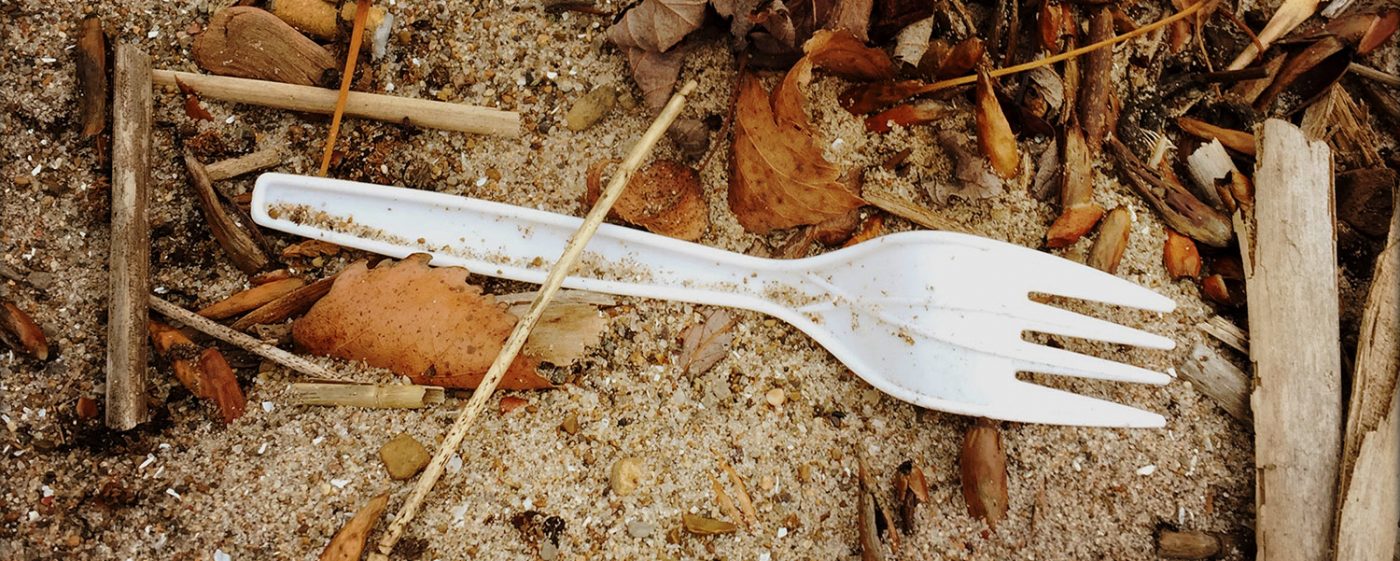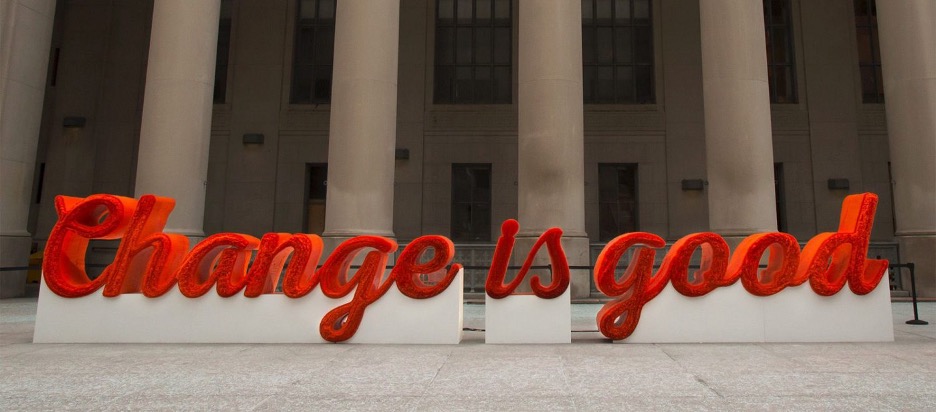Originally posted on Arts Help, Summer 2021
Award-winning conservation photographer Paul Nicklen refers to our understanding of the ocean as a thin blue line. In other words, there is a line between our experience of the ocean; coastal vacations and the fish we eat, and what happens under the water; the complex ecosystem that supports our very existence. Closing that gap of understanding is now his purpose in life.
According to the United Nations Sustainable Development Goal (SDG) on Life Below Water,the oceans are essential global systems that manage our weather, regulate our rain and drinking water, provide a portion of the food we eat and almost all the air we breathe.
Humans cannot exist on the earth without the oceans. The UN estimates that 3 billion people depend on the oceans for their livelihood, including fishing and coastal tourism. And yet, those bodies of water are under constant threat. Uncontrolled overfishing has depleted most traditional fish stocks. More than 250,000 tons of plastic have entered the marine food chain because of human neglect and dumping. Every day, untreated sewage and industrial chemicals are poured into rivers that feed into the oceans. The oceans absorb about 30% of carbon dioxide but the extreme amounts of emissions we have produced have led to ocean warming, acidification and oxygen loss all of which threaten the health of the fish and their habitats as well as our weather systems.
The numbers are terrifying and have been well documented by scientists for decades and yet we still have not changed our behaviour.
Perhaps it is because what happens in the depths of the ocean is so far away from us that we don’t consider it important. What do you do to get people to notice the destruction of this “essential global resource”? According to Paul Nicklen, you start with stunning visuals and engaging movies.
“I call myself an interpreter and a translator,” says Nicklen in an interview with Photo Society. “I translate what the scientists are telling me. If we lose ice, we stand to lose an entire eco-system. I hope we can realize through my photography how inter-connected these species are to ice. It just takes one image to get someone’s attention.”
Paul Nicklen has been documenting life and land in the Arctic and Antarctic since 1995. He has won numerous awards including BBC Wildlife Photographer and the World Press Photo for Photojournalism. Most recently, Nicklen was given an honorary PhD at the University of Victoria, BC for his work to combat climate change. He has contributed to over 20 National Geographic articles and written 3 books. Most recently, with a focused direction to reach more people and effect more change, Nicklen founded the Sea Legacy Foundation.
From the Sea Legacy Impact statement, Paul Nicklen is quoted as saying,
“The objective of our work is to create movements and revolutions. It is to put pressure on governments, politicians, corporations, and to empower individuals to be the change they want to see.
“We know that science is important, but it has failed to “save the planet” despite the vast resources that have been invested in scientific research over the past 50 years. We connect art with that science and then move into conservation.”
Sea Legacy works through a three-step process. First, they lead expeditions of world-class photographers, videographers and storytellers to capture the beauty and challenges facing the oceans. Second, they use those visuals to spread the word through media channels to people all over the world. Lastly, they work with local communities, scientists and organizations to formulate solutions that connect culture, and social structure with programs dealing with, among other things, sustainable fishing, coral reed revitalization and empowering coastal women.
In June 2021, Sea Legacy posted their latest work, Antarctica: Life Emerging, a 13-minute video produced remotely during the pandemic with visuals by Paul Nicklen and music by Yo-Yo Ma.
The production can be seen on the media website Only One. In 2019, discovering they had complementary missions, Sea Legacy and Blue Sphere Foundation Only One, a digital platform to showcase stories that tackle the climate crisis. People from all backgrounds and organizations are encouraged to share their projects with the hope that others will be inspired to effect change.
As individuals, we can all do something to protect the oceans. We can buy only ocean-friendly fish, we can reduce our plastic consumption and we can organize beach clean-ups. But according to the UN, spreading the message about how important the health of the oceans is to our survival is one of the most important things we can do. Paul Nicklen is doing just that. As he says about the of Sea Legacy mission,
“It’s our job to bring the oceans to you.”
To read more about how you can help Sea Legacy click here.
To see the latest projects on Only One, click here.
To learn more about Paul Nicklen and see more of his collection of Fine Art Photography stills, click here.
Originally posted on Arts Help, Summer 2021
According to the Center for Biological Diversity, it is estimated that the bumblebee has declined in numbers by 89% over the past 20 years due to habitat loss, disease and pesticides. As one of nature’s primary pollinators, bees are essential for the production of the food we eat. But they are not the only ones threatened. The number of officially endangered species grows every day. The International Union for the Conservation of Nature estimates that the total is over 40,000.
However, the total number of species that are threatened by human activities is closer to 1 million according to the UN SDG Life on Land. And this includes species on land and water. In the UN SDG Life Below Water, they state,
“…there is a continuous deterioration of coastal waters owing to pollution, and ocean acidification is having an adversarial effect on the functioning of ecosystems and biodiversity.”
British artist Louis Masai is determined to bring awareness to the plight of these endangered species. After obtaining an art degree from Falmouth University in Cornwall England in 2010, Louis moved to London. Though he thrives in this very urban environment, Louis has always loved wild animals and he immediately made them the focus of his work.
But from the very beginning, he would combine an unexpected element with his natural subjects. For example, in 2013, he created ‘Last of My Kind’, an outdoor exhibit that connects endangered birds and “extinct” musicians, challenging us to question why we pay more attention to people we have never met than to disappearing species.
Each animal was painted to look like a stuffed toy to convey the message that if we don’t change our ways, toys are all that will be left. The joyful patterns on each painting seem to contradict the overall message but he wanted to express the idea of a hand-made patch quilt. Just as quilts were handed down through generations, so will our environmental problems. In each painting, there is a bee stitching the toy together. This was done to symbolize that the bee is the warrior in this process, an essential player keeping the ecosystem together.
Louis wants people to be more bee-like because every bee in the colony has a responsibility for the whole. They know they have to work together to survive. Louis followed up on the success of the tour by producing another community event called Endangered 13 whereby 13 artists we asked to paint endangered species on the arches of a building in Tower Hamlets Cemetery Park in East London.
The open community event took place over the course of a day and included food, drink and live music. In addition to the event, the promotional website gives background information about the species each artist depicted and information regarding what viewers can do to help.
Connecting the message to the viewer is an essential part of Louis’ work. By including information about the species on the mural Louis creates, he is educating the viewer about their plight, not just showing a pretty picture. Making the message understandable and accessible is essential for things to change.
Louis has already witnessed the response through social media. “[P]eople take pictures of my work and tag #savetherhino or #savethebee and it gets people thinking”, says Louis. This is how street art can reach a much wider audience of influencers and bloggers.
Art has the power to educate and make us feel but it can sometimes be very passive. Pictures that hang in a gallery are to be looked at and considered intellectually. But the message of Louis’ is one of action and community collaboration. With this project and others, he has painted over 180 endangered species on urban walls all around the world, spreading the message far and wide.
As the organization Human Nature says in their manifesto;
“Creativity is not a neutral, value-free process and the choices we make in the work we produce have an impact. We choose to take responsibility to design and promote a sustainable future.”
Recently, Louis has expanded his creative outlets and, with his friend DJ and music producer Hylu, has created a podcast called “All Fruits Ripe”. Guests include artists, musicians, scientists, and environmentalists and topics centre around their love for nature and concern for the environment.
As Louis says in the promotional video for The Art of Beeing;
“We can learn from the rest of the animal kingdom but we have to listen to it first. If there was ever a time that it is shouting at us the loudest, that time is now.”
To see more of Louis’s work and hear his podcast, visit his website at https://louismasai.com
Originally produced for Arts Help, Summer 2021
Artist and gardener Ron Finley uses soil for his canvas and plants and trees for his paint.
“Gardening is my graffiti. I grow my own art. I beautify lawns and parkways.”
Ten years ago there was a warrant out for the arrest of Ron Finley for the crime of planting food. Finley lives in South Central Los Angeles best known for crippling poverty and gang violence. After the recession of 2008, Finley’s work as a fashion designer dried up and times were tough. There was a patch of unused grass on his parkway, (a small patch of land between the sidewalk and the street), that he was technically responsible for, so he decided to plant a food forest.
But then a neighbour complained and the city descended. So long as it remained dried up grass and covered in garbage, the city didn’t care. However, when he turned it into a garden of banana trees, kale and sunflowers, it was now against the law. Finley refused to back down and with some media attention and a lot of determination he was able to get the law changed. And the Garden Gangsta, as he is now called, was born.
Finley is a charming and incredibly focused activist who isn’t afraid to tell it like it is with colourful language. As a gardener, he is largely self-taught. Though he has managed to make a good living in an otherwise depressed area, he knows how much many of his neighbours struggle to get by, let alone eat healthy food.
As he describes in both his TED talk and on his website, South Central is made up of fast-food restaurants, liquor stores and vacant lots. The obesity rates are 5 times higher than in northern Los Angeles which is only 7 or so miles away. Drop-in dialysis clinics are everywhere. Technically, it is known as a food desert, an area where you have to drive a long distance to purchase healthy food. Over 23 million people in the United States live in these areas.
When Finlay realized that the food available to him, even after he drove 45 mins, was covered in chemicals, he knew he had to grow his own food. That set him on a journey of exploration, learning and community engagement.
On his parkway garden, he would witness people stopping by to ask what he was doing. They had become so detached from what they eat that they didn’t know what food looked like while it was growing. He knew then that a garden could be a tool for education, a tool to transform his neighbourhood. As he describes in his TED talk, children will blindly eat what you put in front of them. Teach them to grow kale and they will eat kale. They are the future; they have the ability to create a more sustainable world. In a article for Vogue by Christian Allaire, Finley states,
“When you learn how to cultivate your own food, that’s freedom,” Finley says. “The way I see it, we are gardens. We are nature. I’m trying to change what people value: what we value in each other, and in humanity.”
In 2010, he and a few other gardeners formed Green Grounds, a volunteer group that encourages community groups to create gardens in their area. Though it’s working, there is a lot of work yet to do.
In South Central, the city owns 26 square miles of vacant lots. That works out to be 20 Central Parks of land that could be put to use for the community. The area has been the victim of active racist development policies (called Red Lining) for decades.
In the June 2021 copy of National Geographic, Alejandra Borunda illustrates in detail how development policies were determined by economic status and race. Northern areas like Hollywood were given parks and tree-lined streets. Southern areas, made up of largely black, Hispanic and Jewish populations, were neglected and no money was allocated to maintain green spaces. In many cases, trees were removed so that the police helicopters could track alleged criminals.
This resulted in a sun-baked neighbourhood of mostly concrete and asphalt that trends 7-10 degrees hotter than Hollywood. And as the climate continues to warm, this will only get worse. The development policy is starting to change, however, trees planted for shade take time to grow. Community food gardens could solve multiple issues from giving people a life off the streets, improving their health, and reducing the temperature of the neighbourhood.
As Finley says, “Gardening is the most therapeutic and defiant act you can do, especially in the inner cities, plus you get strawberries.”
Finley’s message aligns well with the United Nations Sustainability Development Goal (SDG) 10 concerning reducing inequalities and SDG 15 concerning life on land. Social inequality threatens economic development but it also can destroy people’s sense of self-worth. Lack of self-worth can lead to serious health issues and crime.
This is illustrated in the movie about Ron Finley and his neighbourhood, Can You Dig This, directed by Delila Vallot. The movie follows four people who have been encouraged to try their hand at gardening and how it changed their life. In each case, gardening proves to be transformative, giving the individuals purpose and opportunity.
The Green Grounds volunteers continue to educate and transform South Central LA with the community garden programs. Finley eventually created The Ron Finley Project to spread his message of empowerment by growing your own food. He has been incredibly influential both at home and around the world. His TED talk has been viewed more than 4 million times. In 2020, his Masterclass in Gardening came out, amazingly timely during COVID-19 when everyone was trying their hand at growing their own food.
And finally, the fashion designer/gardener has come full circle by creating a line of casual unisex clothes that are of course, perfect for working in the garden. Collaborating with Everybody World, the clothes are sustainably made in Los Angeles from recycled cotton. Proceeds from the sales will be used as fundraising for The Ron Finley Project.
On the Everybody World website, he said,
“There is no trash, there’s only art waiting to happen and that’s what I love about what we have done.”
Many gardeners choose to develop picture-perfect landscapes. But that is not Finley’s style. In his backyard, there is a pool he couldn’t afford to fill and maintain. So he filled it with potted plants instead. Gardening doesn’t have to be expensive, you can grow food in any kind of container and it will still be beautiful.
As he says in an article for The Guardian, “Mother Nature is the greatest artist out there.”
You can read more about and donate to The Ron Finley Project here.
You can rent the movie, Can You Dig This, on AppleTV.
To learn more about and donate to Green Grounds click here.
Originally produced for Arts Help, Summer 2021
Deniz Sağdıç’s path to becoming an artist started in the traditional manner with a degree from Mersin University’s Faculty of Fine Arts in Turkey. Graduating at the top of her class in 2003, she moved to Istanbul to further her career. She quickly drew critical acclaim around the world for her fluid oil paintings and portraits. But soon, she began to dislike the elitism that is associated with traditional styles of art. She found that art galleries and the people who go to them fall into a very narrow segment of society and she wanted to change that. On the Turkish website Dunyabizim she states,
“I realized that it was necessary to find different solutions in order to bring art to a much wider audience.”
Sağdıç was looking for a connection with her audience and as she started to experiment with new mediums she found that people responded the best to items that were familiar like books, cassette tapes, TVs and old windows.
In her project Ready Remade, she combined painting, fabric and found objects to create unique sculptural pieces. But the journey had just begun.
Sağdıç comes from a family of artists and craftspeople. Her father designed stained glass windows and her aunts were tailors. She spent most of her free time growing up in these workshops so it was a natural progression, as she experimented with different mediums, to be drawn to textiles and graphical shapes. It wasn’t long before she discovered the versatility of denim. The fabric of jeans is one of the most widely worn textiles in the world, crossing cultures and classes, and this appealed to her message of accessibility. But as she delved deeper into the history of denim and the current state of the fashion industry, an environmental issue that is global in scale was revealed.
The fashion industry is the second worst polluter of clean water just after agriculture according to the United Nations Sustainable Development Goal (SDG) Responsible Consumption and Production. It is just one example in many of how our constant need to buy things is polluting the land and draining the planet’s resources.
Making clothes is hard on the earth from the beginning of its production cycle to the very end. It starts with the production of the fabric.
- It takes 1800 gallons (6800 litres) of water to grow enough cotton for one pair of jeans.
- The cotton that makes up denim also requires enormous amounts of pesticides to produce.
- The making of clothes pollutes our water systems with agricultural runoff and synthetic dyes that are drained into riverways.
- Most denim clothing is produced cheaply in Asia by underpaid labour in unsafe conditions.
- The fashion industry is responsible for 10% of global carbon emissions. That’s more than international flights and maritime shipping combined.
- And as most cotton fabrics are combined with synthetic fibres or elastic, when we wash our clothes, tiny microplastics drain into the wastewater systems and eventually end up in oceans and the ecosystem.
Just like many products in the world today, our clothes are not meant to last. The mass production of cheaply made clothes is known as fast fashion. In our desire to have the latest styles and the fact that the clothes barely last a few cleaning cycles, we throw out 13 million tons of textiles a year.
If we do manage to donate them to a thrift shop charity, only a small portion is sold. Some fabrics can be ground down and recycled into insulation and car seat padding but most are sold overseas to Africa. From there, some are sold cheaply but most end up in their landfills.
There are organizations like Fashion Revolution and brands like Patagonia that are working to turn the tide, but the process is slow. Getting the message out and altering consumer behaviour is critical for change to happen. That’s why Sağdıç’s work is so important.
Turning discarded scraps into new art
When Sağdıç started her denim project she would scour thrift shops in her area. But eventually, as she discovered she needed more material, rather than purchasing virgin denim, she reached out to local clothing production companies. From them, she requests only the remnants (the scraps left from cutting out patterns) and the defective or test pieces. While her understanding of colour, shading and lighting techniques is clear in her scrap piece portraits, her imagination and skill are evident in her creative use of the awkward parts of a pair of jeans, the multilayered seams, belt loops, and metal buttons.
Over time, Sağdıç has developed 8 different approaches to sculpt the fabric into her portraits. Some can take a couple of days, others can take months.
There are only a couple of artists in the world working with this medium. Focusing on portraits and using every part of a pair of jeans, makes her art truly unique.
Sağdıç was attracted to denim for its universality but that wasn’t always the case. The history of denim covers slavery to high fashion. First developed as “slave cloth” for its rough texture and ability to withstand hard labour, it was considered unfit for other members of society. It continued to be associated with a small portion of society when Levi Strauss developed it for gold miners but from there, with the help of movies and the fashion industry, it would expand its reach to people of all classes, ethnicities and cultures around the world. For this reason, Sağdıç sees it as a symbol of democratic art, something that everyone from every background can relate to. At a time when we are still judged by the colour of our skin, the fact that such a universal fabric could perhaps help us get past discrimination is also an important part of Sağdıç’s message.
Continuing the idea of Art: For Everyone, she has chosen to promote her work through workshops, and fashion conferences in Milan, London and Istanbul. Her latest showing was in the YYK’s store window in London. YYK is a well-known zipper manufacturer, who uses its showroom window to promote artists, creating a form of a street gallery. After they displayed Sagdic’s work, many people were seen stopping to get a better look at her intricate designs and take pictures.
Interacting with people is essential to Sağdıç’s art and she likes to collaborate with individuals within each city to create her unique pieces. As she said in an interview with Fashion United about the YYK showroom,
“I use denim not only as a material but also a language.”
By upcycling a medium that expresses cultural universality and positioning her art where anyone can appreciate it, Sağdıç can define her own form of art and at the same time, raise awareness about an industry in desperate need of an environmental overhaul.
To see more of Deniz Sağdıç project Denim Skin, click here.
To keep up to date on her latest creations, follow the artist on Facebook and Instagram.
To learn more about Fast Fashion and what you can do about it, click here.
- Always carry your own bags, water bottle, and coffee mug
- Drive an electric vehicle or better yet take transit or your bike
- Only buy local food (to avoid emissions from transportation)
- Buy organic (to avoid chemicals used in fertilizing and pesticides)
- Eat less meat or go vegetarian or vegan
- Pay attention to the packaging on products and only buy things in recyclable or reusable packages (avoid plastic that can’t be recycled easily or just avoid plastic altogether)
- Turn off your lights and any device you are not using, even unplugging them to avoid “phantom power” usage
- Change your light bulbs to low energy LEDs
- Switch to solar panels or make sure your grid power comes from renewable sources
- Stop buying fast fashion (buy only clothes, shoes and accessories made from organic or recycled products)
- Only buy products made of materials that can be easily recycled
- Reduce, reuse, repurpose
These are all great things and I endeavour to do them every day in some way. But making these choices takes time, money, and energy, putting a great deal of the burden on the consumer.
To be truly sustainable you must not purchase anything that might in some way harm the environment. Everything we consume to survive must go back into the cycle of production and never be allowed to pollute the air or poison the rivers and oceans.
In this day and age, this is impossible. Almost everything we buy, at either its production or its disposal, is hard on the planet.
Take something as recyclable as paper. Paper has been around for centuries. It can be made from almost anything but is primarily made from trees. Trees are being cut down faster than they can regrow. But we can recycle paper, right? Well, not if it has been contaminated by food or liquids or if it has been covered in wax. Then it just goes into the landfill.
What about that electric car? It’s good for the environment in that it doesn’t spew carbon monoxide into the air. But every component of that car is made of petroleum products. From the plastic dashboard to the rubber tires, to the polyester or vinyl fabric seats, the production of that car is an environmental crime. Yes, some of it can be recycled but most of it can’t.
The batteries powering your cell phone use the metal lithium-ion, the mining of which is polluting both air and water sources around the world. Your typical toilet paper is treated with bleach. Even producing a simple pair of cotton jeans requires enormous amounts of water, pesticides, and chemicals. I could go on and on.
When you really look at how each product on the market is made, and how far it had to travel to get to your door, it is almost impossible to find one that is 100 per cent sustainable.
It is overwhelming. And for someone who has chosen to live with this awareness, it is demoralizing. Where do you even start? If I can’t do it properly, how can I encourage others to do the same?
The environmental movement, as we know it today, has been around for over 30 years. People with much more knowledge than me have been fighting this fight and getting almost nowhere.
Why should anyone even bother?
The morning after our conversation my husband produced a quote for me to think about. It’s not a direct quote from Martin Luther King but more of a synopsis from one of his.
Our lives begin to end the day we become silent about things that matter.
Meaning, life is only worth living when you live with purpose and act on that purpose. Let’s bring it all back to this land we live on. To quote Audrey Hepburn;
To plant a garden is to believe in tomorrow.
Nature is the centre of it all. We need it to survive. Generations in the future will need it to survive. What we are doing to this planet, pillaging its resources and polluting the air and water is untenable. If we continue as we are, there will be nothing left to support us.
Awareness of the problem is the first step. Spreading the word, including the struggles, is essential to the movement.
It took women 100 years to get the vote and not until the 70s before they could open their own bank account without the permission of their husbands. Technically, black African Americans got the right to vote in the mid-1800s but in many states that right was not properly realized until the 60s and continues to be challenged today.
Being a force for change takes time and requires actions both large and small. Every person has to figure out what they can do in their own lives. We have started with education, lifestyle choices and growing some of our own food. It’s not much but it is a start.
And I will continue to speak about these things until people start to listen.
I suspect the planet will be the loudest voice in the years to come, telling us with storms, famine, and viruses what we are doing wrong and finally dragging us, kicking and screaming, into the next era.
“Oh, that is so disappointing!. What happened? I remember the images as being so much more colourful.”
My mother said these words during our recent scanning project.
Unfortunately, time and temperature had not been kind to her slides. They had indeed lost almost all of their colour and they had also acquired yellow stains of water damage. Below are two examples of what can happen to slides if they are not stored properly.
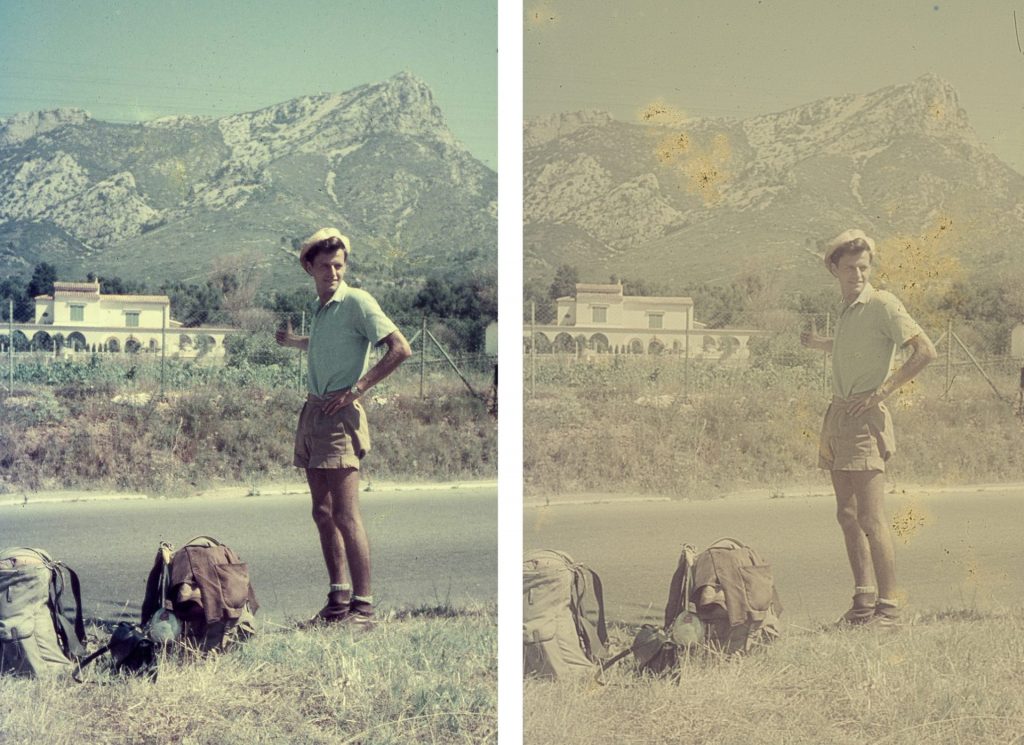
Most people don’t realize this can happen until it’s too late. The best way to avoid this tragedy, other than specific storage conditions (cold and dry), is to scan the images right away.
Our memory of an event is stored in the elements of an image. Should that image change, become damaged or even lost, affects how we remember the time it was taken. And we take pictures to capture our experiences so it makes sense that we would want to protect that memory.
Not many people still shoot with film, let alone slides. But back in the days when every image had a cost, slide film was cheaper than print. And when we wanted to travel and shoot as much as we could, slide film was a must. And my parents travelled a lot. They must have over 1000 slides.
This winter, my mother and I made the commitment to scan all those slides. It’s a daunting task but when I discovered how many slides she actually had, we made it a priority.
We started out sending a few images to be scanned by a company in our area; Digital Treasures. This is a good option if your time is limited. Each slide or print worked out to be about $0.50. Having someone else do the scanning saved us some of the effort and the process was relatively straightforward. But keep in mind, once the images are scanned, you still need to download, rename and organize the images on your own computer. It’s important to set aside the time needed to do this properly.
Even though we knew we had a lot of images to get through, we decided to review and scan most of the images ourselves – a little bit at a time.
As a professional photographer, I have a scanner for just this purpose. But while it is a good (if somewhat dated) machine that can customize each scan in great detail, each slide takes a few minutes. That time can really add up. Plus, we decided we wanted to share the reviewing process with the family. The best way to do that would be to show the images on our large flat-panel tv. We needed a scanner that could do that.
After some research, we decided to buy the Kodak Scanza Digital Film Scanner for about $200.
There are many similar products on the market and this article isn’t a review of this scanner though I would recommend it. The resolution is 14MP (22MP Interpolated), the process is simple and it comes with an HDMI cable so you can connect it to your tv. (We did purchase a longer cable, however, to make the living room viewing more comfortable.) The scanner comes with multiple holders for slides and negatives up to 35mm in size.
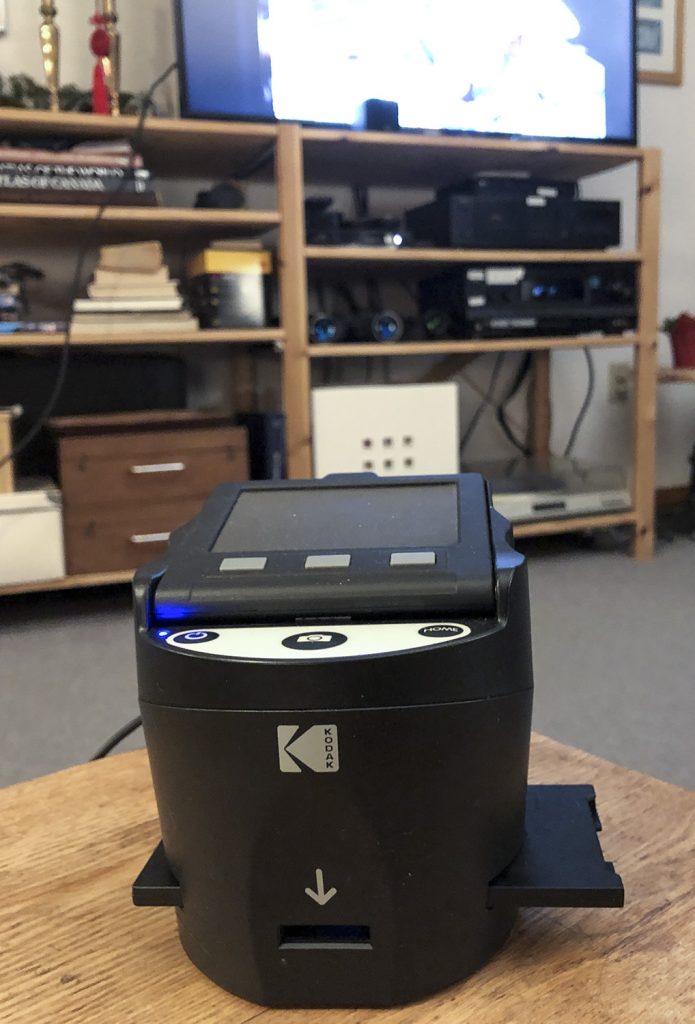
The reviewing process turned out to be a lot of fun. We set a recurring time on the weekend before dinner and we generally reviewed and scanned about 100 images. The process was simple; I inserted the images into the slide scanner, and my mother would share the story behind the image. We then decided whether to scan the or not by pressing the big button on the top. The scanner stores the images on an SD card and after our review session, I copied the images to a computer where I renamed and organized them into date and event-related folders. As part of my photo management process, the photos were backed up to an external hard drive and then to a cloud service where we can share them with other family members.
For the most part, the slides for the past 50 years were in good shape. It was truly disappointing to find that the images from her trip to Europe in 1956 (featured above and below) were damaged. This trip had been family lore for years. It was truly epic.
Back in the early 2000’s we had scanned one or two of the images from this trip so I knew a little of the story. To see the other images faded and stained was such a shame and just brought home the point that to preserve these memories properly, we should have scanned them all 20 years ago.
Luckily, technology and skill were on our side. The Kodak scanner has some ability to adjust the colour and brightness of typical slides but for the really damaged images, I decided to rescan them with my professional scanner and fix them in Photoshop. Not impossible, but definitely time-consuming. I’m just glad we caught them before the damage became worse.
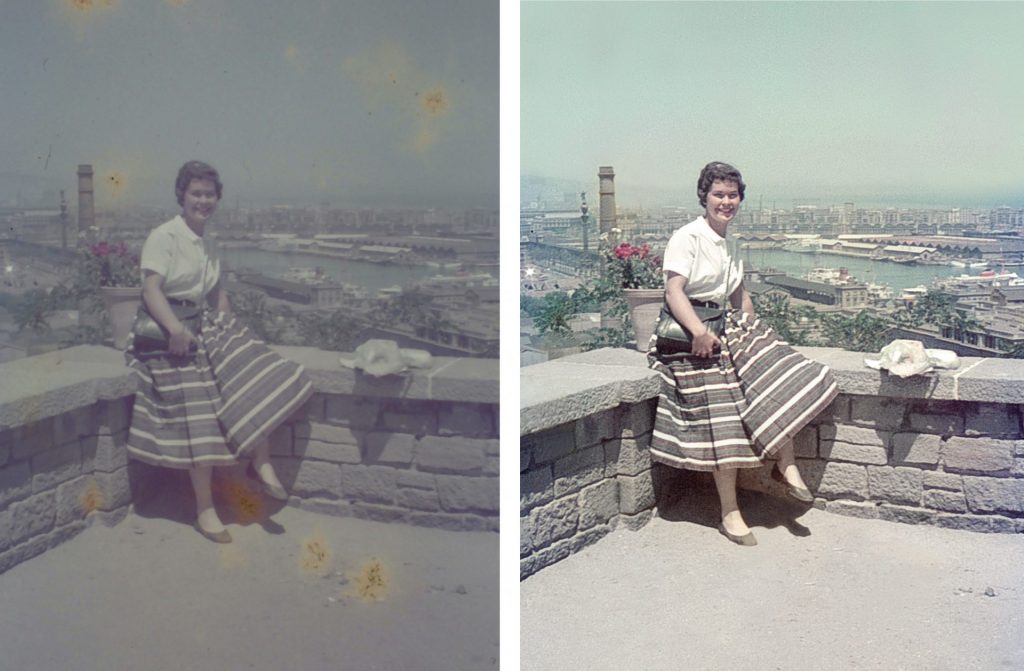
Bonus Observation
As you review your images with others you will discover which images resonate with people. We tend to take a lot of pictures of the scenery but having a person in the image always made the picture more powerful. Something to keep in mind as you continue to take pictures of your own travels and day to day life.
Whether you choose to scan your images or send them out to be scanned, I highly recommend that you edit them first. Don’t pay to have your blurry or boring images scanned.
Organizing Tip
As I mentioned, my parents travelled extensively throughout their 60-year marriage and the slides are scattered across many boxes. Before we put them back on a shelf, we will make sure they are labelled properly and moved from boxes to archival slide page holders and binders.
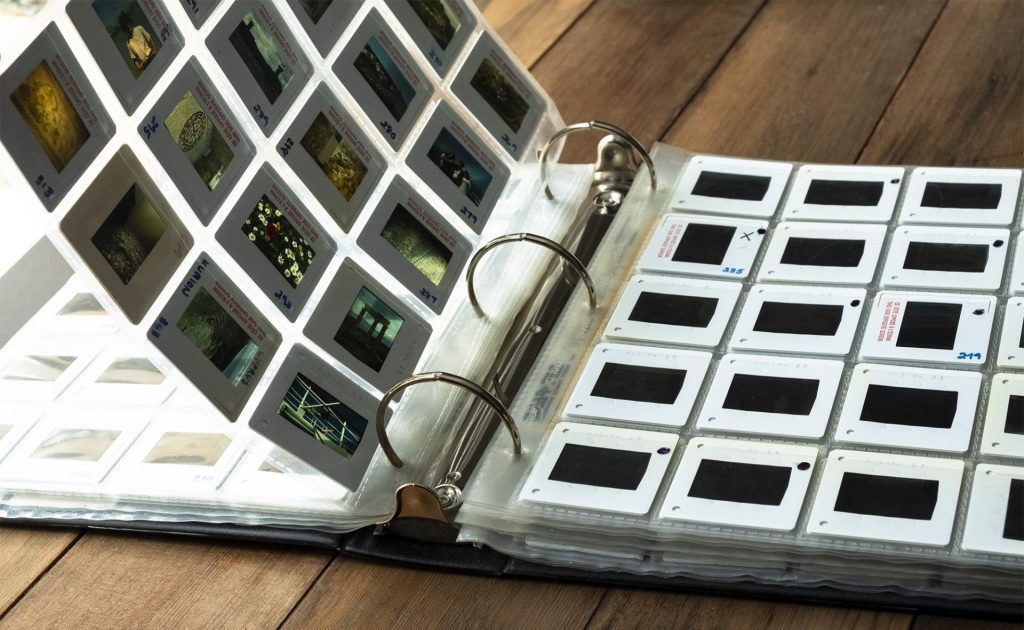
There are a couple of ways to store slides but this is one that suits our space the best. When you hold them up to a light, the plastic pages allow you to quickly review 20 slides at a time without touching the actual slide. Of course, once the slides are scanned, we shouldn’t need to review them again, but, you never know.
Maybe down the road, we will want a higher resolution scan to print. Perhaps scanning technology will improve. As my grandmother used to say about sewing your own clothes; never throw out the extra fabric until you have finished wearing the garment. In other words, always keep the original. And, until someone figures out what to do with old slides and negatives, holding on to them keeps them out of the landfills for a little bit longer.
Every day I walk my dog and every day I pick up garbage that has mysteriously never made it to the garbage or recycling bin. It pains me to see what humans so mindlessly pitch out their car windows or drop on the sidewalk. Some days I think humans are disgusting and lazy and they deserve to die out.
On better days I think, not ALL humans are horrible. Some are trying to change the way things are done. It’s just easier to see the actions of the nasty ones than it is to see the ones that are doing good.
Recently, I had the pleasure of reading a fascinating book called The Upcycle, by William McDonough and Michael Braungart. This is the follow-up book to their first collaboration, Cradle to Cradle.
Each book outlines the global need for a new way to design the products we use every day. Designing for Cradle to Cradle or C2C “means that a material or its component chemicals could be reused endlessly, safely.” It is the opposite of our current way of thinking where everything can just be thrown away. To a certain extent it encourages recycling, but smart recycling. It means making products with the whole product cycle in mind. Not just its first purpose, but the second and maybe the third until it breaks down into smaller particles that can be rebuilt into something new.
Composting is nature’s C2C. Food grows from the soil, we consume what we need, the leftover bits are then allowed to decompose and eventually nourish the next generation of food. Bill and Michael argue in their books that when designing a product or service, companies must think about the bigger picture, not just the immediate gain. The question should always be — what’s next and where are we going with this?
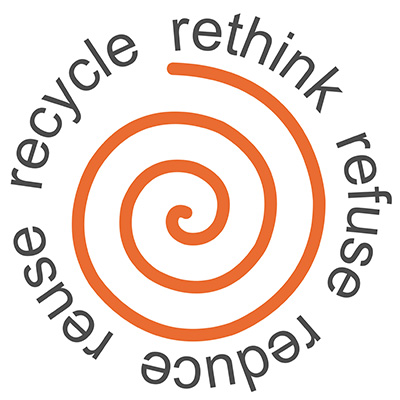
This book was brought to mind recently with the huge press coverage of Terracycle’s new initiative called Loop — a program of ordering products online in reusable packaging that can be returned to the manufacturer — aka, the Milkman. It was introduced at the World Economic Forum in Davos, Switzerland. Terracycle “is an innovative recycling company that has become a global leader in recycling hard-to-recycle waste.”(1) They have worked with some of the largest companies, encouraging them to change their packaging to include recycled materials.
However, the recycling business is not going well. Overall, about 91% of all the plastic waste ever created has never been recycled — a statistic so “concerning,” the Royal Statistical Society named it the 2018 international statistic of the year. (2) The Chinese have drastically reduced the amount of recycled materials they import from the west and this has left recycling companies struggling to figure out what to do with all their collected waste. This brings to mind what people like Annie Leonard of “The Story of Stuff” have been saying for years; that recycling is not the answer to our waste problem.
Recycling alone will never stem the flow of plastics into our oceans; we have to get to the source of the problem and slow down the production of all this plastic waste. Think about it. If your home was flooding because you had left the faucet on, your first step wouldn’t be to start mopping. You’d first cut the flooding off at its source — the faucet. In many ways, our plastics problem is no different. (3)
We are consumers of products who love the convenience of going to the store and bringing home things in easy to carry packages. But, as Leonard says, “not long ago, we existed in a world without throwaway plastic, and we can thrive that way again.”(4) Which makes the Terracycle program so interesting. Bring back the Milkman, modern style, by ordering online and having UPS pick up the reusable packaging in reusable boxes. It seems like it might fit the C2C mentality of looking at the full cycle of a product’s life. Except in this case it only addresses one aspect of the product, the package, It does not address the contents, and, it hints at a bit of greenwashing.
The companies that Terracycle has brought into this experiment are the ones that can afford it; Coke, Nestle, Unilever among others. All of these companies currently face serious backlash for being the biggest contributors of plastic waste. They are in fact on Greenpeace’s Top 10 of the Worst Plastic Polluters.(5) The Break Free from Plastic (#breakfreefromplastic) movement was created to shame these producers of plastic by posting images in social media of trash with their logos lining the streets and waterways.
And it’s working. These companies know they need some good press and perhaps they think the Terracycle program is how they can get it. But as consumers, we need to look at the bigger picture. What exactly are these companies producing? What chemicals go into the production of antiperspirant, Coke, and Clorox disinfecting wipes? How are they produced?
A product is more than just its package. It’s also what happens to the contents when they wash down the drain or get thrown away. Some antiperspirant contains known carcinogens that have been banned in Europe. The chemical make up of coke has been well documented, and Clorox wipes are not biodegradable. In addition, the CEO of Nestle has stated that he does not believe that access to water is a human right and so Nestle continues to drain essential aquifers for profit.
One of the mantra’s of the Break Free From Plastic movement has been its high time we put the responsibility for pollution back on the manufacturers. Changes in how they produce products will have a much higher impact on the environment than me carrying my own shopping bag or coffee mug. How we as consumers can make a difference is by not buying their products. By showing them over and over that not only do we want better packaging but we want better and safer products that don’t harm us or pollute the planet at every stage of production. So while I applaud Terracycle’s Loop program, I will never participate because I don’t shop from any of those companies. On the other hand, I know I am a niche consumer, one who buys organic, doesn’t mind seeking out independent grocers who sell in bulk and, who buys or makes natural cleaning products. Most people don’t care.
The challenge for Terracycle’s Loop program will be to get those consumers who do currently buy those products to take the time to order a few products online and organize shipping of the containers back to the manufacturer. To become “niche” as it were. But if it succeeds perhaps it will set the stage for new developments more in line with C2C.
The advantage of a C2C mentality is that, when applied across the economy, no one has to be niche. No one has to be inconvenienced or go out of their way to protect the planet. The system and the products it creates would already be doing that. There would be no waste to manage because everything is produced in a way that can be reused or repurposed continuously. This utopia may seem overly optimistic to some but the model works and the book describes ways that the authors have helped companies change how they think and work in order to create new and exciting systems and products. And while the cynic reading this might think it could never be profitable, the authors’ experience has been just the opposite. They found that as each company seeks out new ways of doing things, there is a ripple effect that stretches out to their suppliers and competition. To quote the book,
The most effective transformational foundation of Cradle to Cradle is, to the surprise of some, not environmental. Nor is it ethical. It is economic.
And this gives me hope because I know that until we are truly faced with a catastrophic, in your face, environmental crisis, people are more likely to respond to things that are simple and make them feel good. It is much harder and takes more thought to be an advocate for the environment. I know I will continue to curse the trash I pick up every day but it is good to know that people are making a difference somewhere. Humans are essentially innovators, we are constantly seeking out new ideas, new ways to solve problems. The Cradle to Cradle philosophy encourages us to solve our current problems with more thoughtful design that supports us and the planet. It’s not easy but no one ever said it would be. And frankly, at this point, what choice do we have?
To learn more about the book click here.
To read more about the C2C certification and institution click here
It all starts with a gasp. A tightening of the chest, prickly skin, perhaps even a cold sweat.
No!
What happened to my images?
If you are like me, your smartphone is never far from your hand and you take pictures daily. Sometimes it’s just a shot of a pretty flower or interesting shadow. Other times it’s something you don’t want to miss, a reunion with friends, a child’s first step. Whatever the images on your phone, they are important and precious. What if your phone suddenly died? What if you no longer could view your images? It’s almost incomprehensible. Not to worry, there are simple ways to protect your images from loss.
The most important thing when it comes to your images is to make sure they are backed up to some device other than your phone. Phones get stolen, they get lost, and yes, they get dropped into toilets.
I have been a photographer since I was 15. I have taken many, many photos. You would think that I had my process down pat and that I was a paragon of virtue when it comes to backing up my images. Nope. I also get distracted by life and I put off the simple tasks well, because I would rather be out shooting. But I also know that it has to be done, so I make the time.
If you are ready to move forward, as the diagram below shows, it starts with getting your images onto your computer and the cloud.
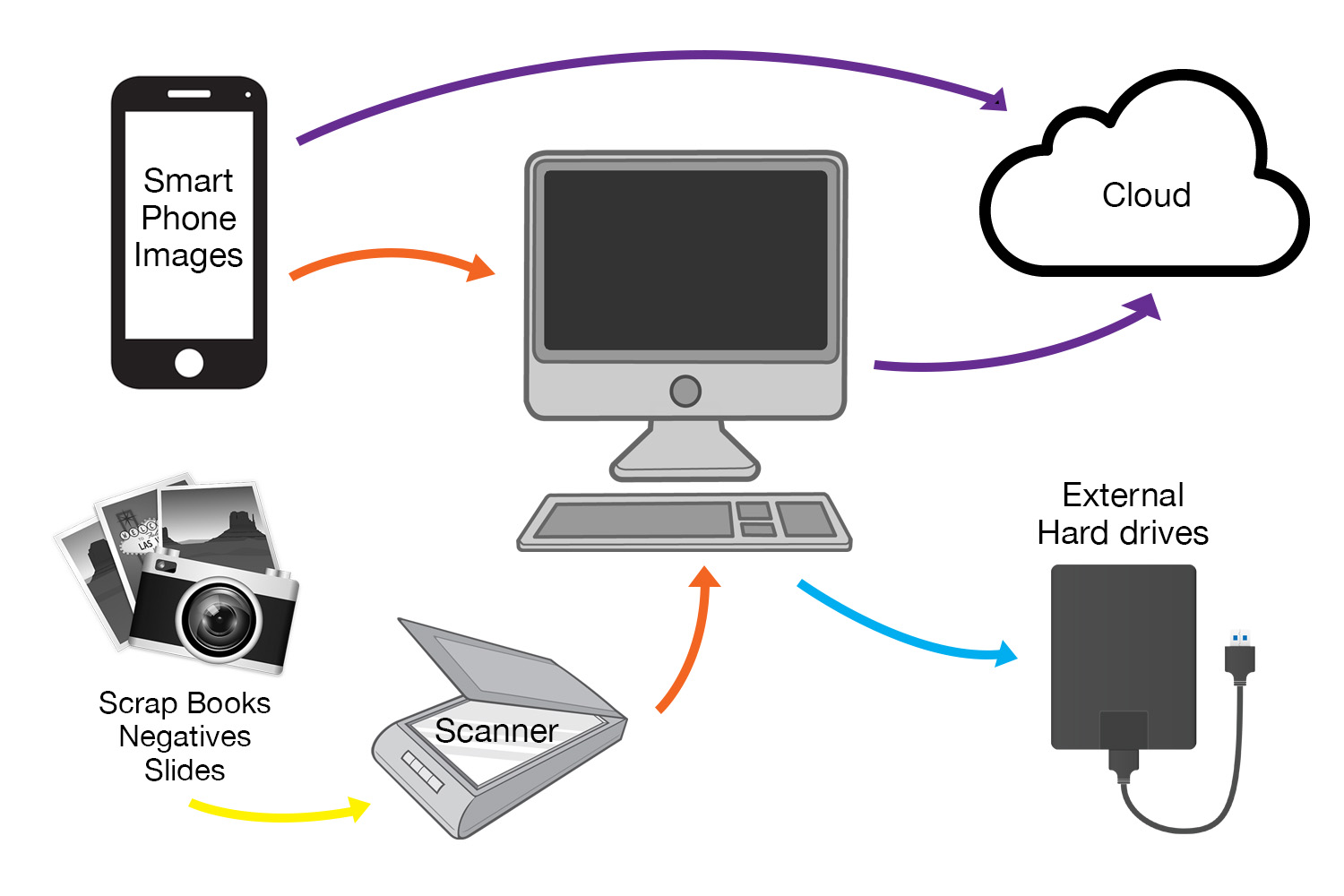
- Make sure the images on your phone are backed up to either the cloud or your computer.
- Collect all your digital images from SD cards, hard drives and old computers and put them on a primary reliable computer.
- Scan all prints and slides from the era before digital and add the files to your primary computer.
- Back up all your digital images to your cloud account.
- Save a copy of all your digital files to one or two external hard drives. Regularly update these hard drives. Store a hard drive off site, either a bank vault or a friends place.
Whew!
But before you pull a Flaming Elmo or run away, keep in mind that the extent of your photo management process depends on how you take pictures.
I like to think that there are three different types of photographers. I call them the Socialite, the Adventurer, and the Pro.
The Socialite
The Socialite likes to record her social activities and share them on social media but she doesn’t use any other type of camera. She may have photo albums from the distant past when she used a film or digital camera.
For the Socialite, making sure her images are backed up to the cloud and keeping a copy on her computer is a good start. Scanning her historic images, if she has any, is something she can do over time.
The Adventurer
The Adventurer takes pictures with her phone but she also has a digital camera and she travels with both. Sometimes she has hundreds if not thousands of images to deal with after her vacation. If she was organized in the past, she has many scrapbooks to show for her travels.
She needs to gather all of her images onto her computer. She needs to copy her SD cards and scan her historical images into digital format. Once all her images are in the same place she can rename and organize them. From there she should save a copy to the cloud as well as an external hard drive.
There are many types of Adventurers and that will determine what software they use to manage their photos and how many places they back up their files. Some options are Adobe Lightroom, ACDSee, and Apple Photos.
The Pro
The Pro already knows what to do and isn’t reading this article. They are the Adventurer x10 and because they shoot for clients, there are legal and security protocols built into their process for managing photos.
Whatever type of photographer you are, the fundamentals don’t change when it comes to protecting your images. We all need to back up our photos to one or more places other than our phones to make sure they are safe.
With the plethora of smart phone cameras out there, you might think that real cameras with interchangeable lenses would be on their way out. But like books in this digital age, there is a time and place for everything.
I must admit to have been brought reluctantly into the world of smart phone cameras. I was one of those people who held on to the Blackberry for yes, the keyboard, and someone who preferred to shoot with a manual DSLR. It wasn’t until I was introduced to the Hipstamatic app on the iPhone that I started to see the potential. Hipstamatic came out around 2009 and it used filters that could simulate all sorts of film types and lens distortions. In addition, the interface was designed to look like an old camera. The effects were amazing, creative and fun and I was hooked. It was like drawing with crayons when you have been trained to paint with oils.
That doesn’t mean I didn’t continue to be frustrated with smart phone cameras due to their lack of control over the settings and their lousy zoom. For everyday snaps they were fine but even with higher resolutions and 3rd party lenses, I figured they could never replace a real camera, especially for travel photography.
So I was intrigued when a friend let me borrow his Huawei P20 Pro. The camera on this android phone can shoot 40MP images in RAW format, and you can control aperture, shutter speed and ISO plus it uses a Leica lens, considered to be the best manufacturer of lenses in the business. This seemed an amazing breakthrough in smart phone technology. I had to learn more.
Huawei has been in the news a lot lately but not because of their phones. They are a large Chinese company who started out developing telecommunication equipment. A few years ago, they started selling consumer electronics and, as of 2018, they were the second largest manufacturer of smart phones, just behind Samsung. Apple, amazingly, ranks third.
The CEO of Huawei has credited Apple as his inspiration and this is evident in their dedication to making such a sophisticated camera. The wow factor of a 40MP manual camera certainly caught my attention. The pictures my friend showed me were, on screen at least, amazing, with incredibly saturated colours. But what I was really interested in were the manual controls, the telephoto and the quality of a 40MP images.
Manual Controls
My biggest issue with all smart phone cameras is that the default aperture is set to 1.8. This is probably to compensate for low light situations but it also make for a very short depth of field. This means a very small section of the image will be in sharp focus. Short depth of field is great for portraits and some macro shots but absolutely lousy for landscapes, street photography and group shots.
I was very excited to see that the Pro mode allowed for manually setting the ISO and the shutter speed. However, you can’t change the aperture in the same mode. For those that are used to shooting in full manual mode, this is frustrating as aperture is an essential factor in the creative process. All three elements, ISO, shutter speed and aperture effect each other. Change one, and the others must change as well. But in the Pro setting, no matter how I configure my shutter speed and ISO, the aperture will always be set to 1.8. This isolation of the typical manual controls does strike me as an odd way to go about things.
If I want to play with aperture, you have to leave Pro mode and go to Aperture mode. There I can choose a setting anywhere from .95 – 16. My ISO and shutter speed are set then set automatically by the camera. This would be called Aperture Priority mode on a DSLR and some photographers might be ok with it. But in this mode, 40MP and RAW are no longer available. In Aperture mode I can only shoot at the mid range of 10MP. Certainly not the end of the world. Ten mega pixels is more than enough for travel and every day social media photography.
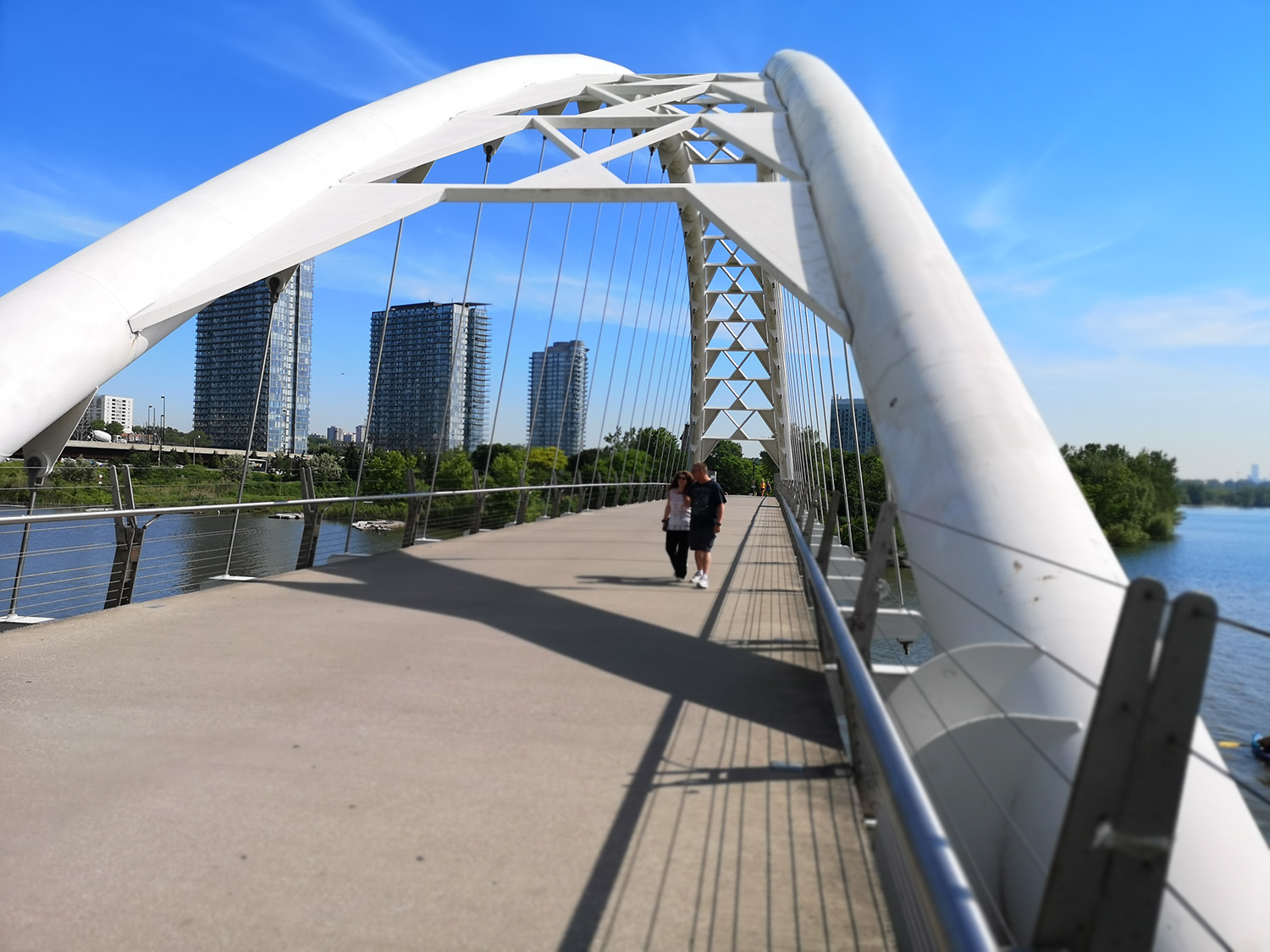
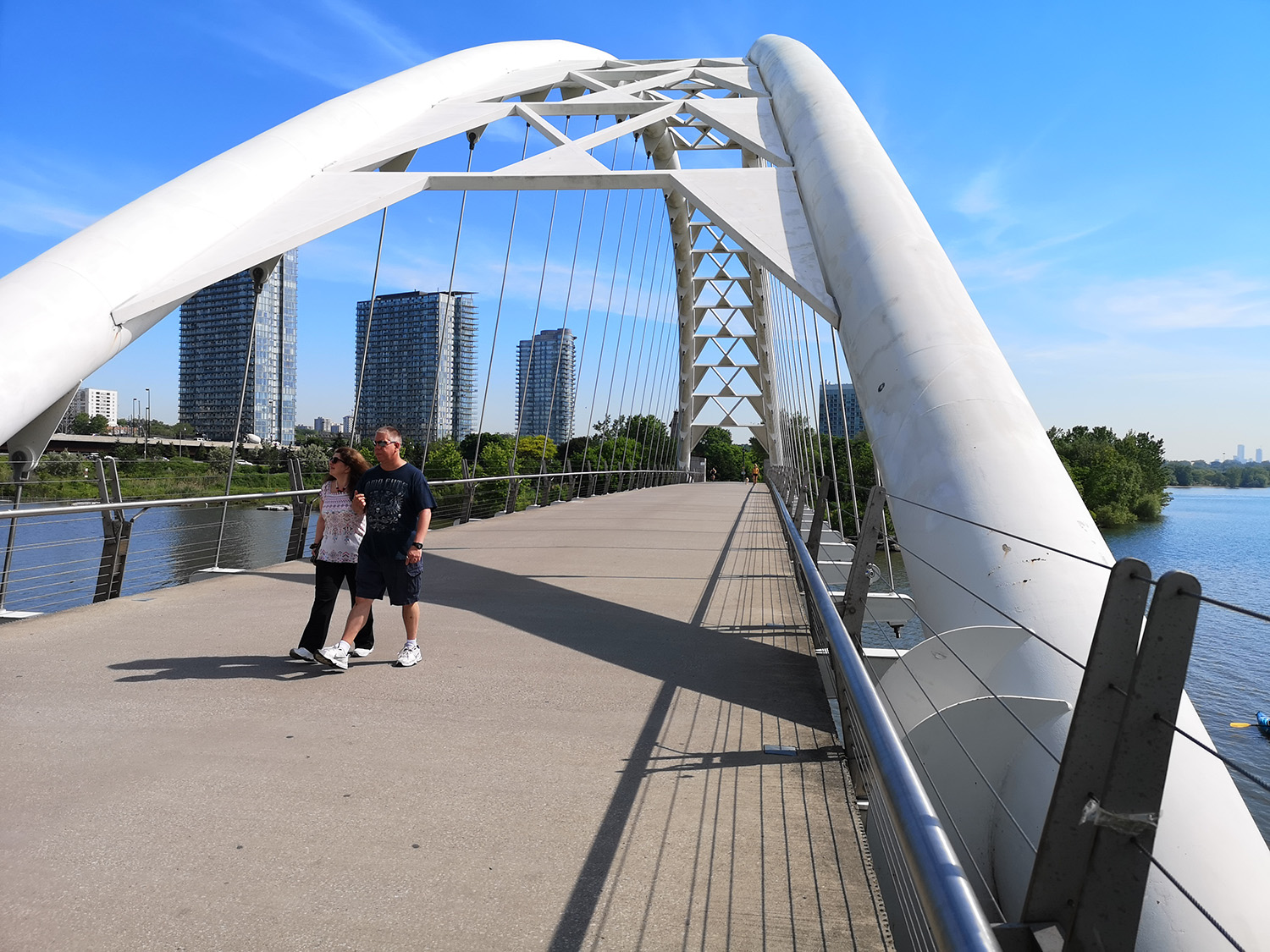
Telephoto Zoom
For the creative photographer, every situation demands a different type of lens. Until the iPhone X, Apple never had the option of telephoto and even now it is only 2x. I was very keen to see what quality the Huawei would produce at 3x optical zoom. Strangely, at 40MP you only have the option of a zoom in the Aperture, Portrait and Night modes. For the 3x and 5x hybrid zoom to be available in Photo and Pro mode, you have to set the resolution to 10MB. It is very confusing to navigate the settings for this. The 5x hybrid zoom is a complex merging of the 3x zoom and the 40MP camera so it’s more digital than optical. Again, quite confusing. It seems once more, the optimal settings for the camera are at 10MB with 40MP being for very special situations. Still, I was curious to see how the 10MB 3x zoom would be like.
I would say that the zoom functionality on the camera is a wonderful upgrade from any other smartphone camera on the market, once you figure out how to get the most out of it. And so long as you don’t plan on blowing up and printing these images to their max – 24″x18″, the images look great.
But, high quality telephoto prime and zoom lenses are all about the size and quality of the glass. Leica is renowned for producing the best lenses in the business but there is just so much you can cram into millimetres of space. Compromise can only reduce quality.
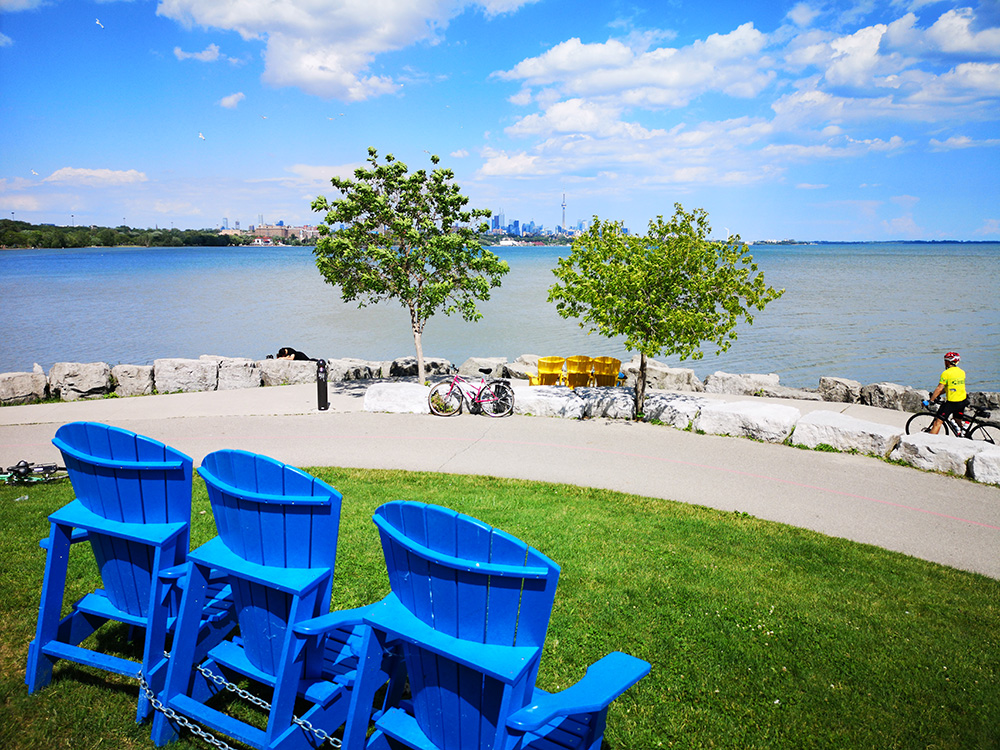
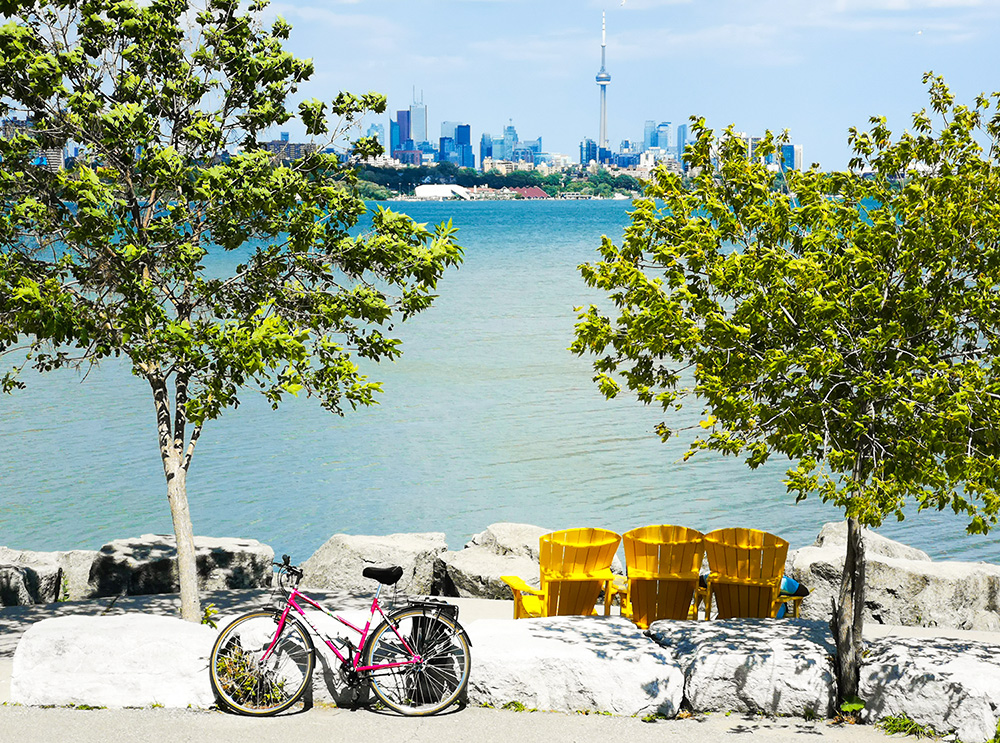
Pro Mode – 40MP and RAW
I am certainly no expert when it comes to the technology behind digital sensors but I know enough to question how they could create such high pixels with such a tiny lens. And my suspicions were correct. There is a wow factor to the amount of pixels, but quantity doesn’t necessarily mean quality. In this case, it’s like a fancy sports car body covering a tiny, powerless engine.
In order to squeeze 40MP or 7296 x 5472 pixels onto a smart phone camera sensor, they have to make the pixels really tiny. Almost half the size of the pixels on a real camera. Bigger than the iPhone, but still tiny. This means that 40MP on a smart phone camera will never be as clear or sharp as 40MP on a DSLR or mirrorless camera. It’s just plain physics. If you are keen on the scientific breakdown check out this article.
To make up for the lack of physical space, all smart phone cameras compensate with fancy simulating software and AI. For example, to accomplish the brilliant night photography on the Huawei, the camera actually takes multiple exposures at the same time and combines them automatically. This allows for a well exposed image without having to use a tripod. They call this process AIS, as in artificial intelligence image stabilization.
For the purist in me, having software create my picture is fine for everyday pics of family events and social media, but it will never replace a good photograph taken with a real camera. Oh, I know that, compared to my original Pentax K1000, a fully manual film camera, my Fuji XT2 still does a lot of thinking and simulating for me, but in manual mode, I can control the final outcome. AI isn’t creating my image, I am. I can tell by all my mistakes.
Here is a 100% blow up of an image taken with the Huawei set to 40MP RAW and the Fuji XT2 (24MP RAW) with similar settings.
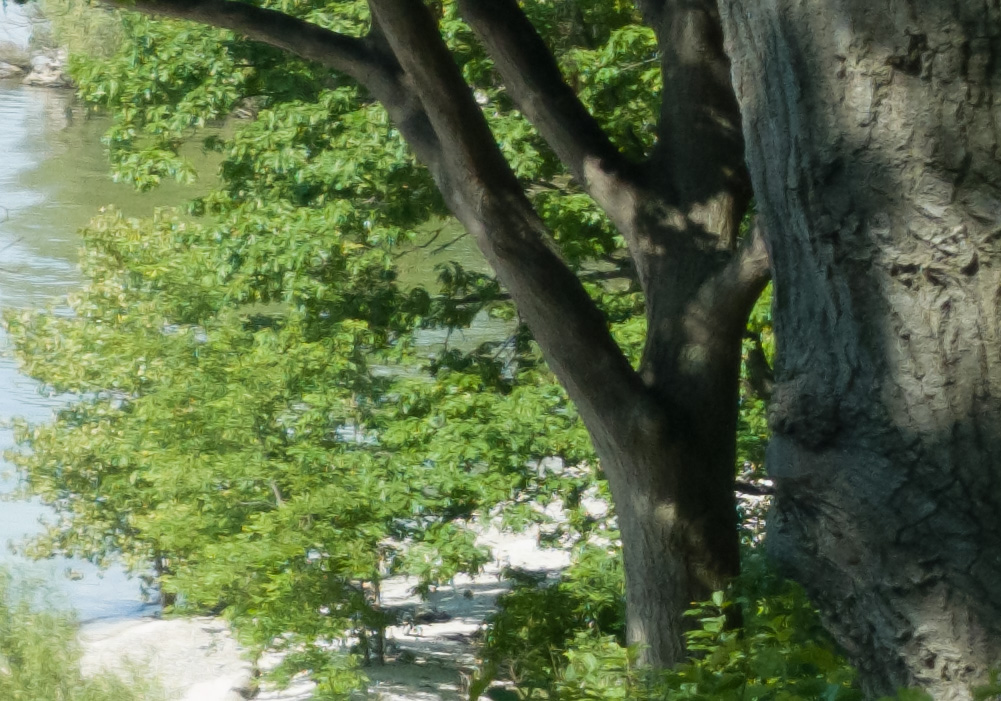
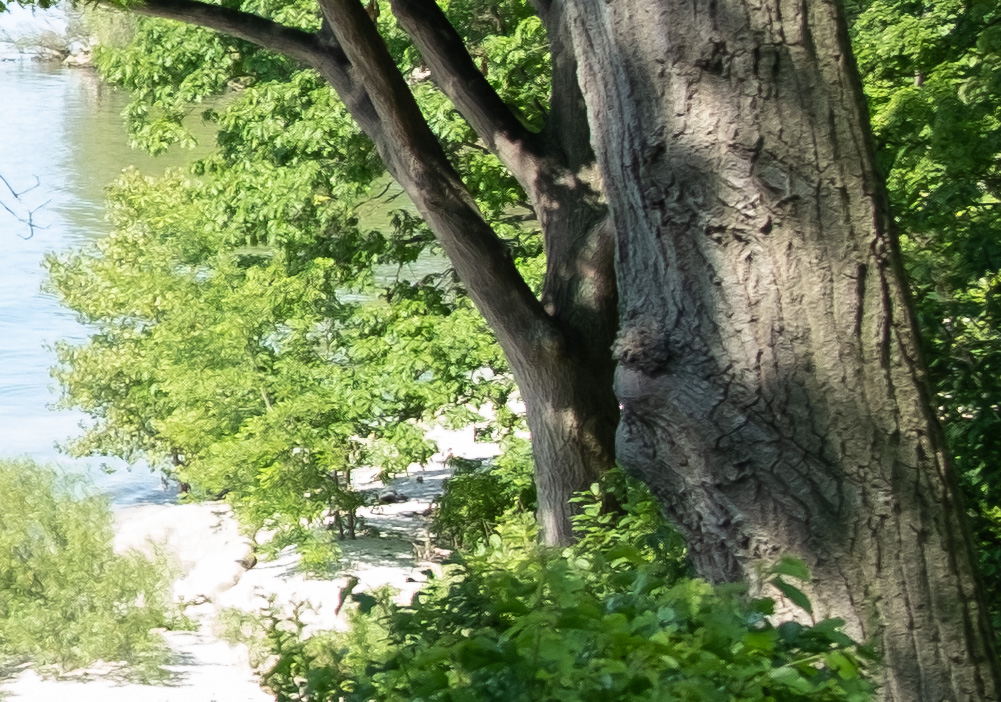
Compared to other smart phone cameras, the Huawei P20 Pro is an exceptional piece of hardware and software. And for the adventurous photographer, someone who has a DSLR for special situations but also loves their smart phone camera, it could be a lot of fun. The camera in this device has the advantage of being both fully automatic when you want it to be and still give you enough manual control to really challenge your creativity.
I guess I question the need for 40MP RAW on a smart phone when the option is seldom available and when 10MP actually looks better. Even the 7Mp 18.9 ratio produces amazing images that look great on screen.
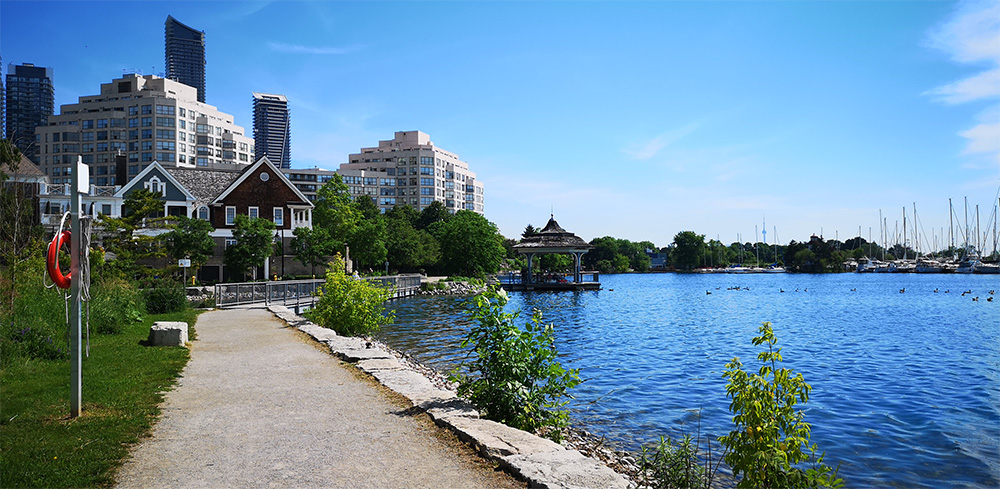
But for the camera purists like me who want to control the creative process every step of the way, this camera promises too much and delivers too little. Smartphone cameras are convenient, entertaining, and useful when bringing out a professional camera could be awkward, but I can’t see them replacing DSLRs or mirrorless cameras in the professional and fine art field of photography any time soon.
Of course, the speed at which technology is developing, who knows when that might change. But just like situations when books are better than digital, I’m sure there will be times when a device driven by physics, rather than software and AI, will be preferred.
I was lucky enough to get to play with this $1000 camera. If you are a keen photographer and you are looking for a fun phone camera that surpasses the iPhone X, the Huawei could be worth considering.
However, keep in mind the effects of the current political situation is having on Huawei’s stability. If you plan on using the camera as a smartphone as it was intended, there are things to keep in mind. As per the US governments order, Google has already indicated it will no longer offer its android operating system to any new Huawei phones and Facebook has also said the same for its app. This doesn’t effect older phones in circulation and the negotiations are still on the table as of June 2019.
Huawei is being isolated by the international community. They have assured their customers that they will continue to support their products and they are in the process of developing their own operating system but despite their success and popularity, their future is somewhat uncertain. Invest with caution.
Please note, I am not a professional reviewer of technology. My tests were not necessarily scientific, just more about how I use a camera and what I look for. This is just my personal perspective.
Canada just announced that they would ban single use plastics by 2021. For those of us concerned with the amount of plastic in our oceans and parks, this is great news and also long overdue. However, I can’t help but feel it rings of green washing, especially since we are 6 months from an election.
The plastic waste situation is massive; global and destructive and overwhelming in its scope. We are literally drowning in existing plastic. It clogs our waterways, oceans and landfills and it has a devastating effect on marine life. We have all seen the YouTube videos of people pulling straws out of turtles, and untangling sea lions and large mammals from fishing lines. We have seen pictures of huge whales washing ashore, dead from consuming poisonous plastic. We have seen albatross feeding their young tiny pieces of plastic, not realizing that it wasn’t edible.
It’s horrific, incredibly sad, and demoralizing.
And yet, what do governments do? Ban plastic straws, cutlery and bags by 2021. Slowly, over time they propose to encourage the plastic industry to stop making a small number of plastic objects. I am assuming that the time delay is to allow for contracts to be fulfilled and adjusted so that the industries and their clients don’t lose money with the changes.
Interestingly, when a single business decides to make change for the environment it takes mere months. A&W stopped using plastic straws because it was the right thing to do and then, to inspire others to follow suit, they took all the left over (already paid for) straws and made art out of them.
Banning plastics is trendy. Ever since the BBC production of Blue Planet 2, Episode 7, which clearly showed how our waste was destroying the oceans, everyone has been doing it, most notably, the Queen of England. It’s a step in the right direction, don’t get me wrong, but it’s not nearly enough, not by a long shot. If we are to really save this planet from our waste we need to take much more drastic measures.
Plastic, as a moldable and waterproof substance, is incredibly useful in modern society. It’s not just straws and food packaging where we find it, it is also in our cars, our building materials, our appliances, our electronics, our tools, and our toys. It’s everywhere. It would be very hard to just stop using it completely. However, we can start the process of change by figuring out how to reuse it more efficiently and make it out of biodegradable materials. But first we have to deal with the waste that’s already here, clogging up our oceans.
Most people see the oceans has merely the place to fish or swim. But according to Project Planet Ocean,
“Oceans are the lifeblood of planet Earth and humankind. They flow over nearly three-quarters of our planet, and hold 97% of the planet’s water. They produce more than half of the oxygen in the atmosphere, and absorb the most carbon from it.”
Every piece of plastic we have dumped or let wash into the ocean effects the eco-system and the ability of the oceans to maintain life. And this will effect not only our food supply but also our climate. In order to clean up the mess we have made, I figure we have to make the following drastic changes:
1. INVEST IN BUSINESSES THAT CLEAN UP THE GARBAGE ALREADY POISONING THE LAND AND SEA.
There are some great global initiatives in this area such as The Ocean Cleanup but we need more of them. A lot more of them.
2. DEVELOP SYSTEMS AND INITIATIVES TO PREVENT ANY MORE GARBAGE ENDING UP IN THE OCEAN.
A lot of plastic waste is dumped in the ocean but a great deal also drains there from rivers. These two brothers from Bali are a great example of people bringing about change. Their documentary of floating down one of the most polluted rivers in Indonesia in boats made of plastic bottles brought on not only a massive cleanup of the river by the military but also waste disposal education programs for those living on the river.
3. Invest in ways to reuse the unusable.
Only 2 of the 7 types of plastic in production are really recyclable. We need to find more cost effective ways to recycle the other 5 and make sure that we maintain markets for recycled plastic until we find alternatives.
4. Invest in alternatives to petroleum based plastics.
Great strides have been made in developing water bottles that are compostable but we need more scientific break throughs if we are to shake our dependence on petroleum based plastics.
And finally…
5. Stop subsidizing the oil industry.
Currently the Canadian government gives out 3.3 billion in financial benefits or subsidies to the fossil fuel industry, per year. Any yet, they are not destitute. Oil companies annual profit is in the billions. They don’t need subsidies.
Imagine if that money was actually reinvested into businesses that protect the environment rather than pollute it. We also need to develop real strategies for transitioning workers out of plastic producing industries into sustainable ones.
It is so frustrating for politicians to promise one thing during an election and then not follow through. We have seen this time and time again. But the science of our climate crisis has shown that we don’t have the luxury of time any more.
We need visionaries in public service. We need people, like the 16 year old Swedish girl Greta Thunberg, who refuse to play by outdated political rules. And we need leaders who have seen the writing on the wall and, for the sake of their children and grandchildren, are willing to break free from those bullying industries who care more about profits than the environment. Only then will we have the power to make drastic change.
The air we breathe, the water we drink and the soil that grows our food, these things should be a higher priority than the GDP and they should not be subjected to the whims of electoral politics. The David Suzuki Foundation has been working hard to make this a reality with their Blue Dot program.
Ultimately, they seek to amend the Canadian Charter of Rights and Freedoms to include the right to a healthy environment, so that we can join the 110 countries around the world that already have this right included in their constitutions.
Just like the right to vote, Canadians would have the legal right to fight for the environment that we can’t live without. Makes a lot of sense to me.
Because in the end, we need nature, nature doesn’t need us.
